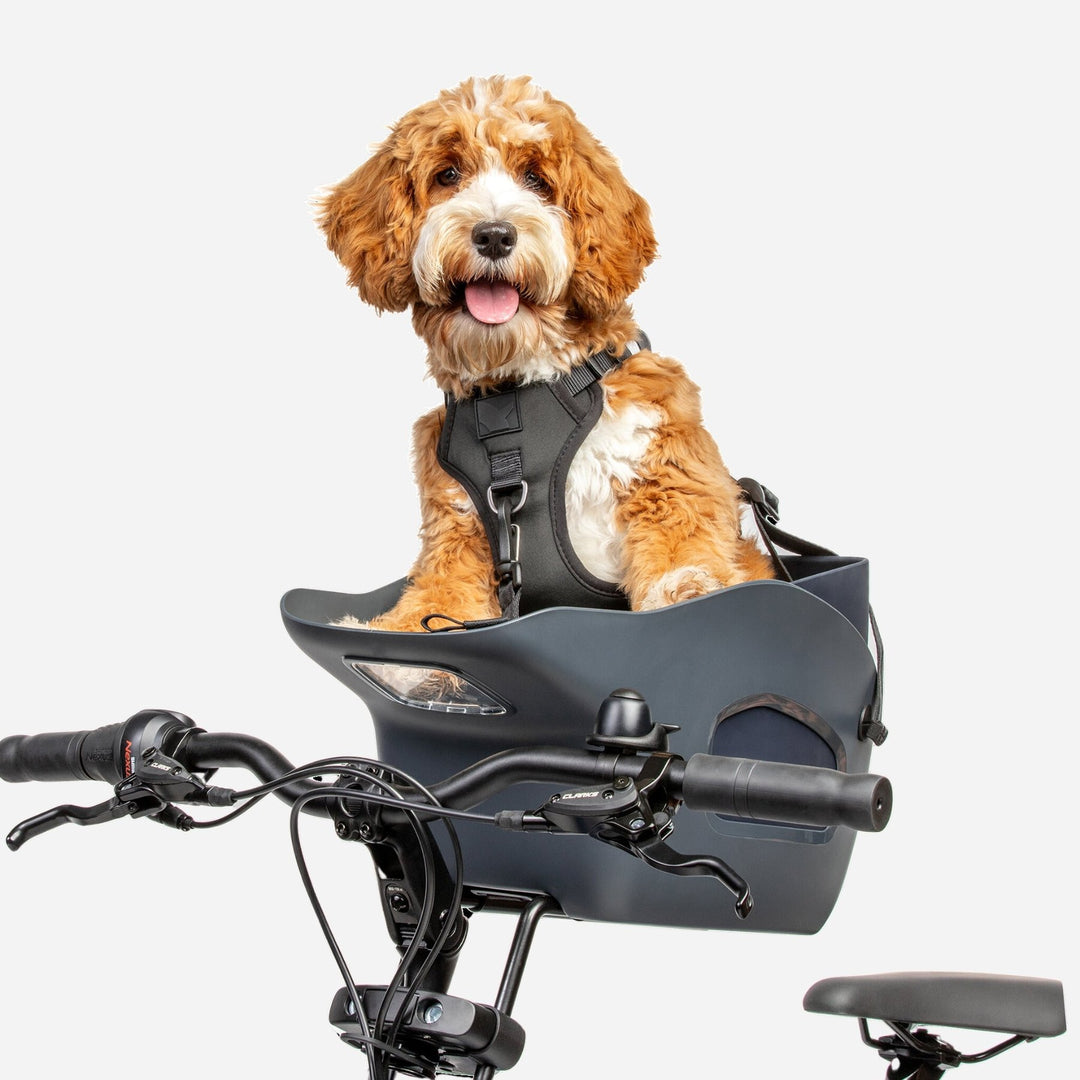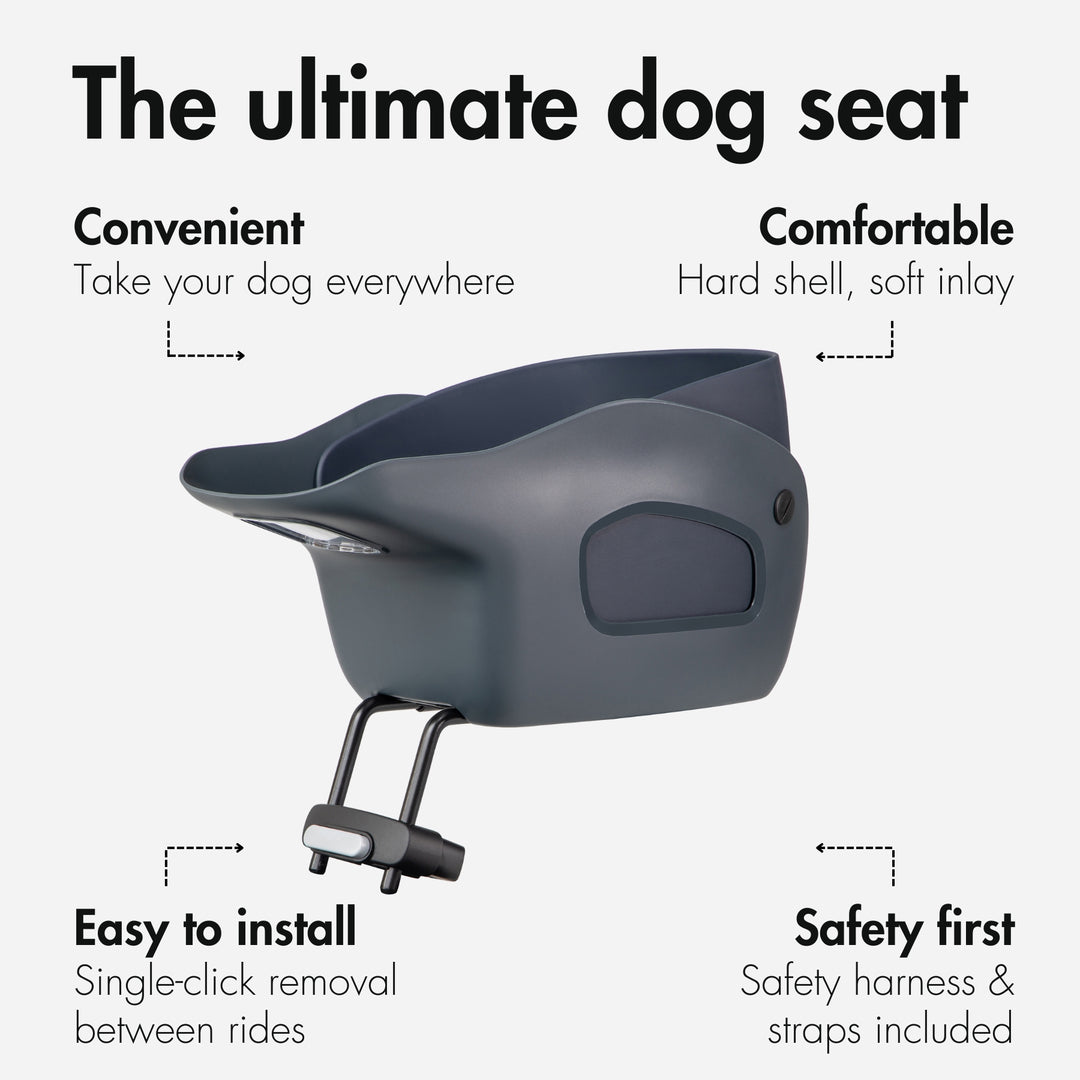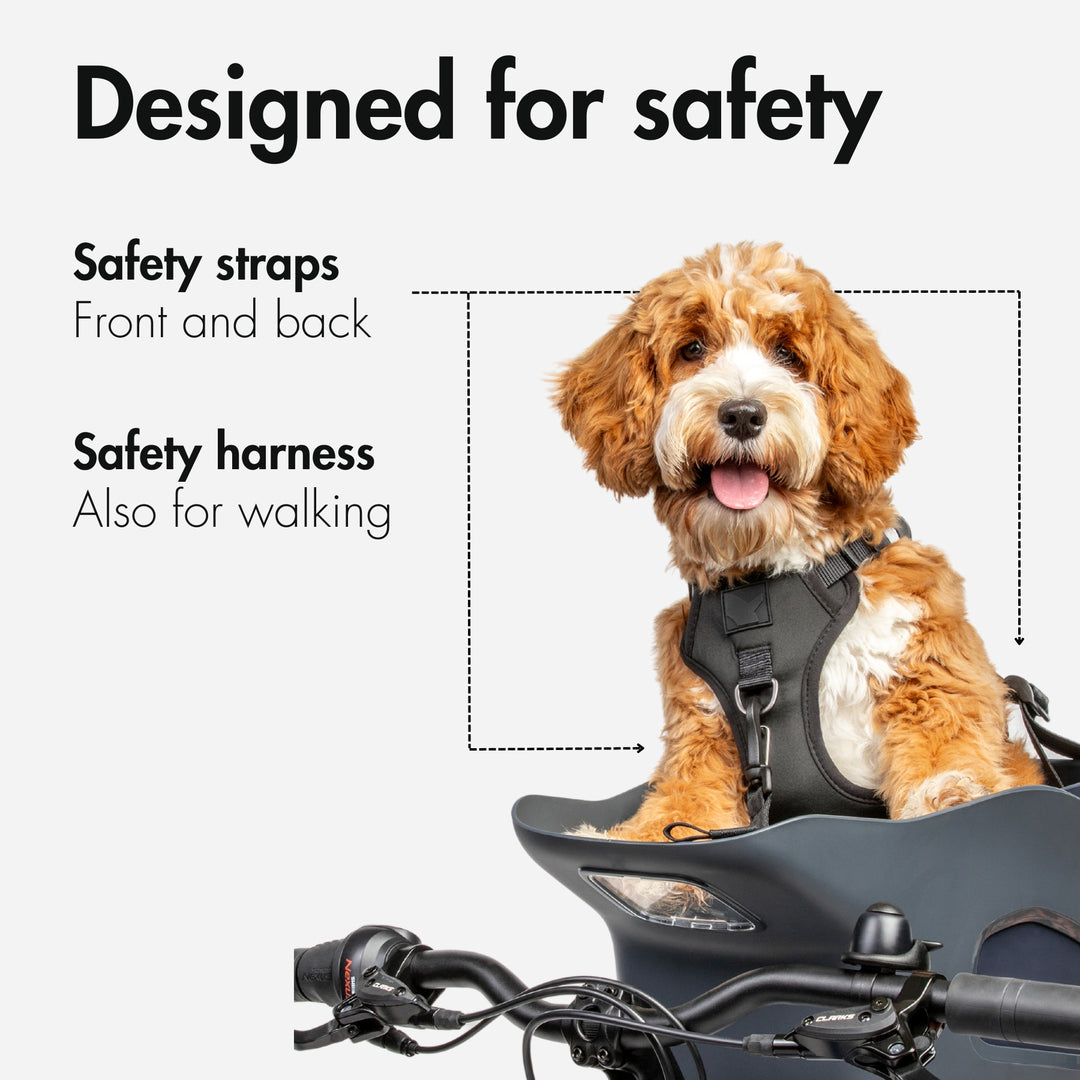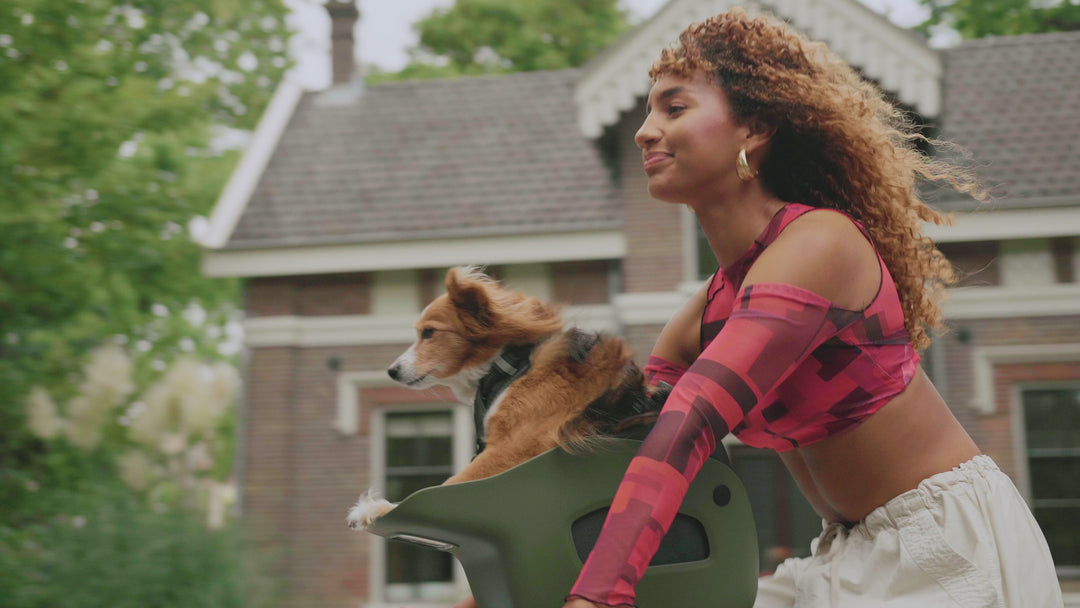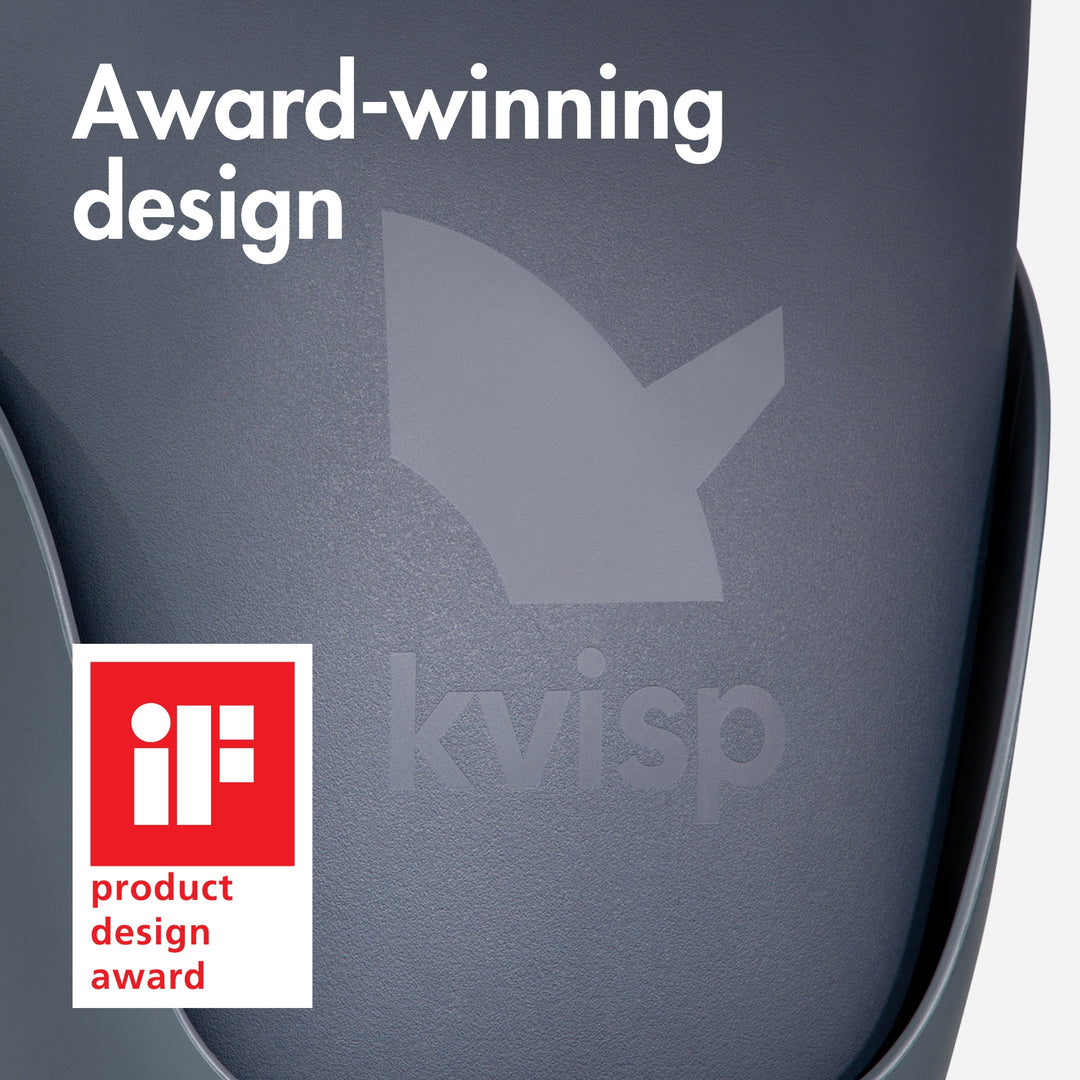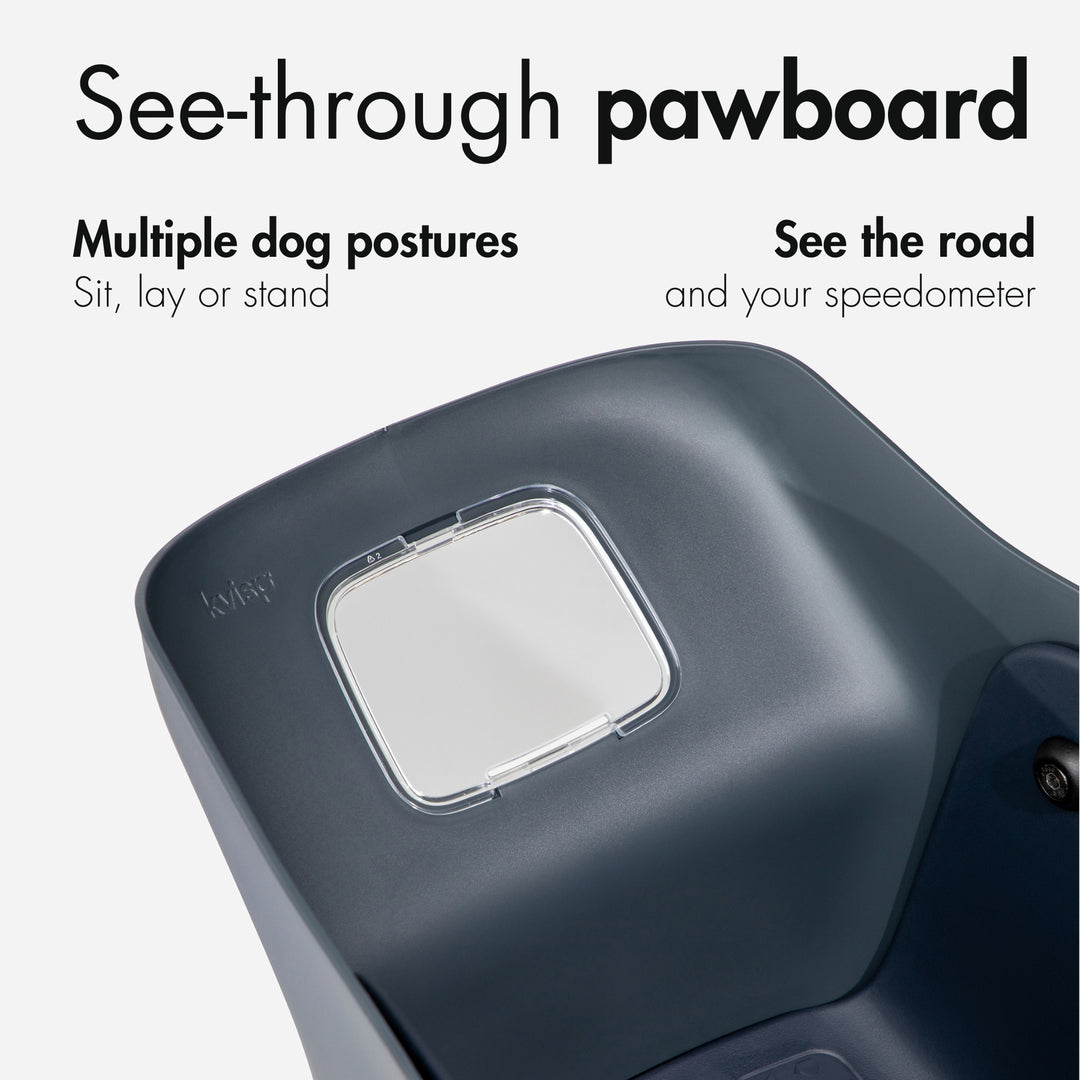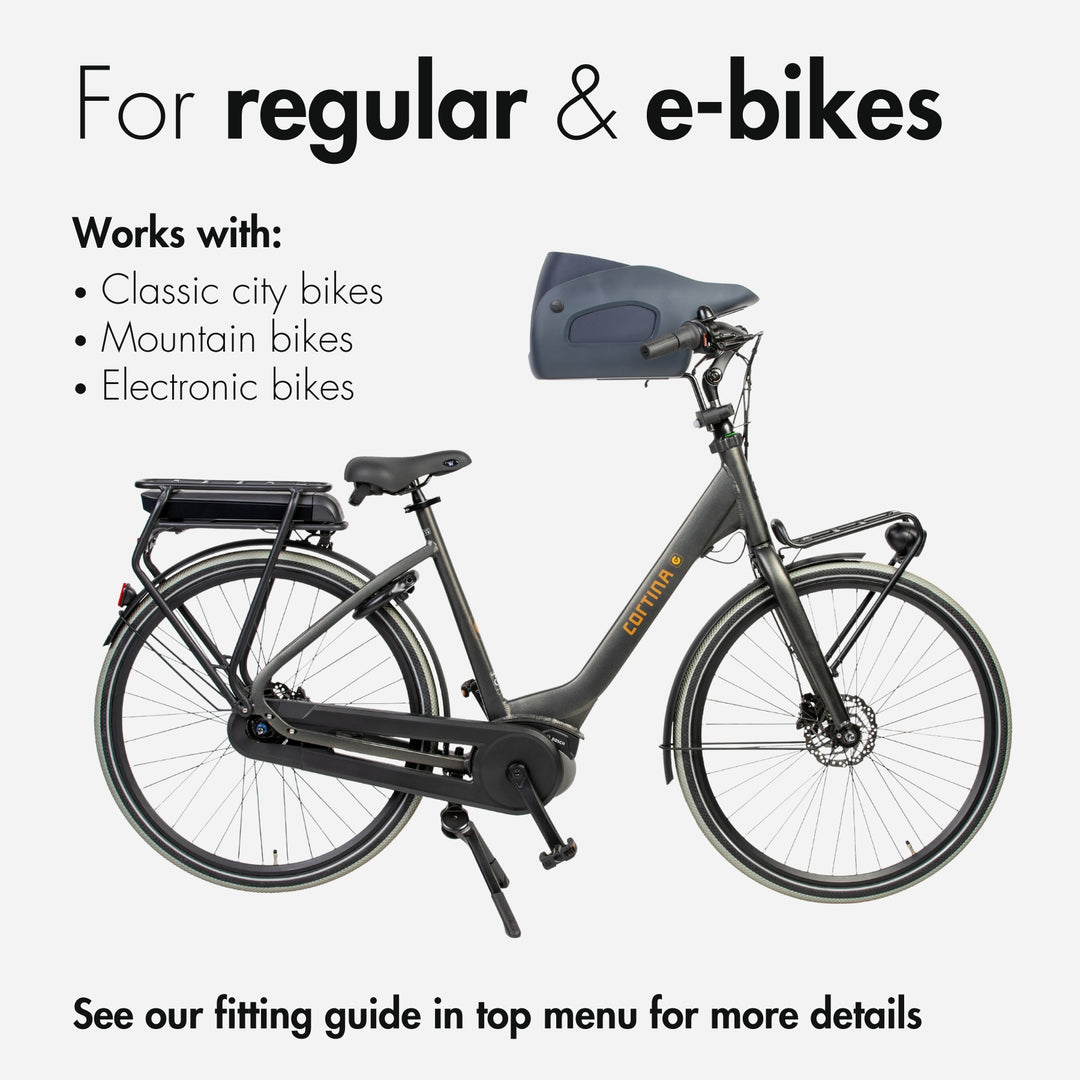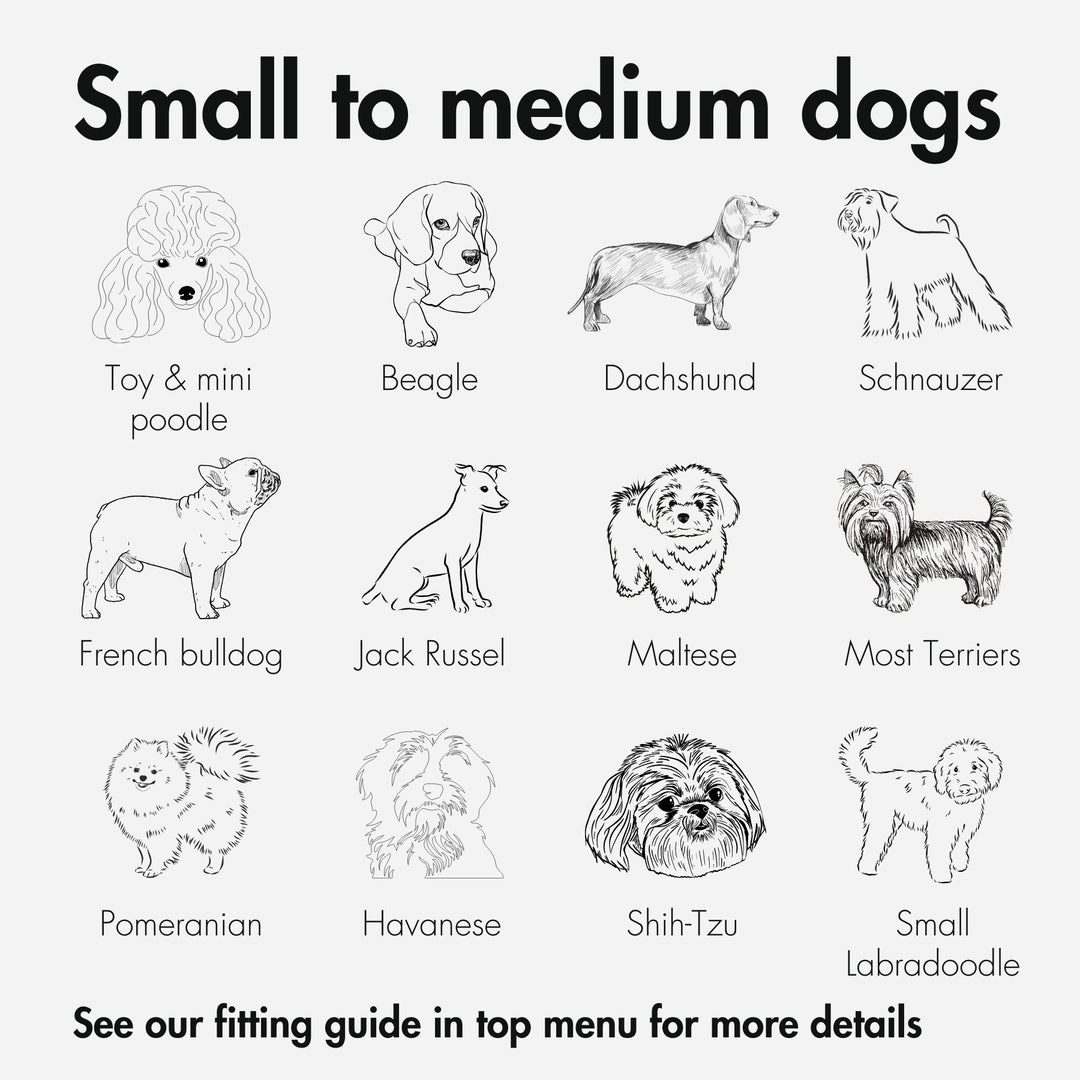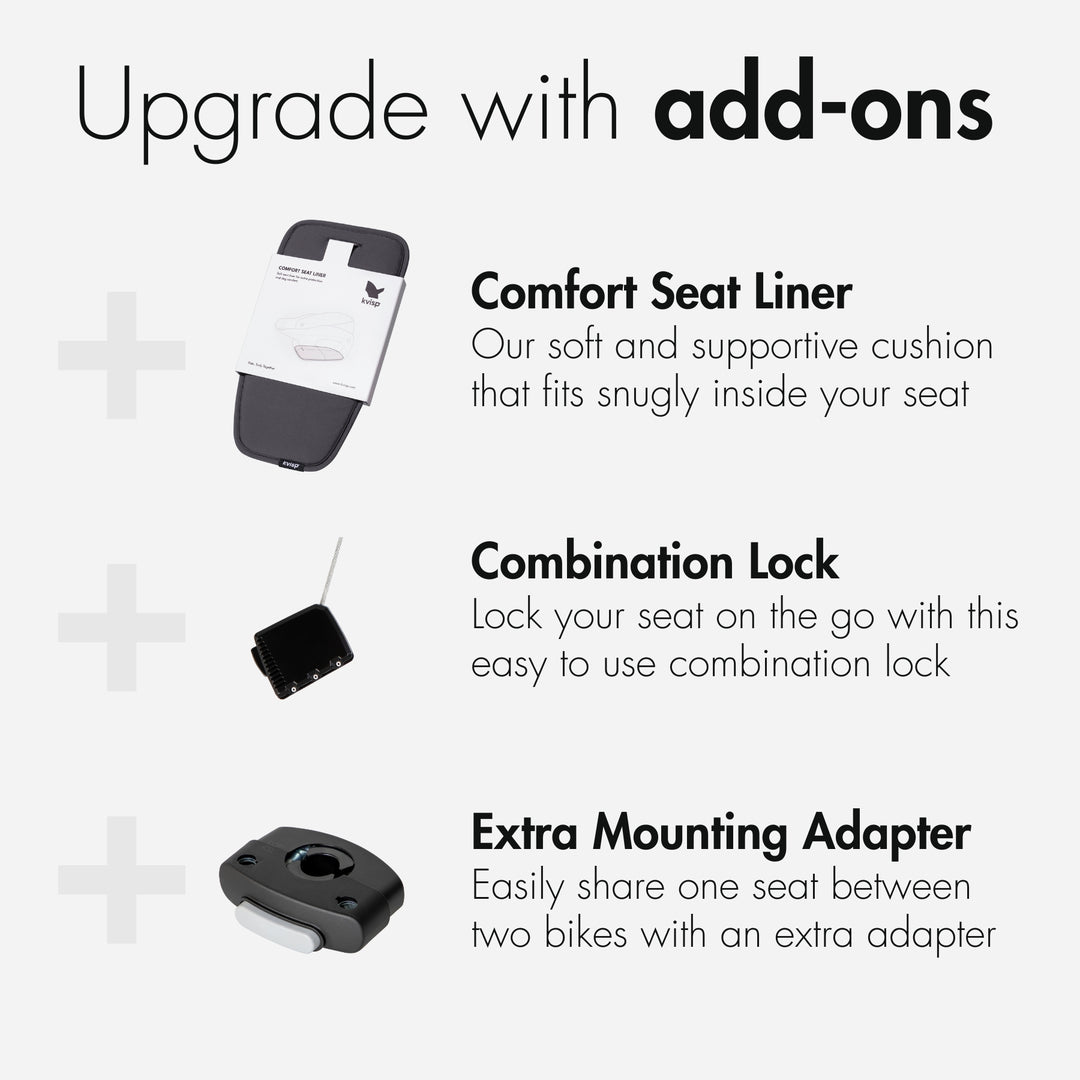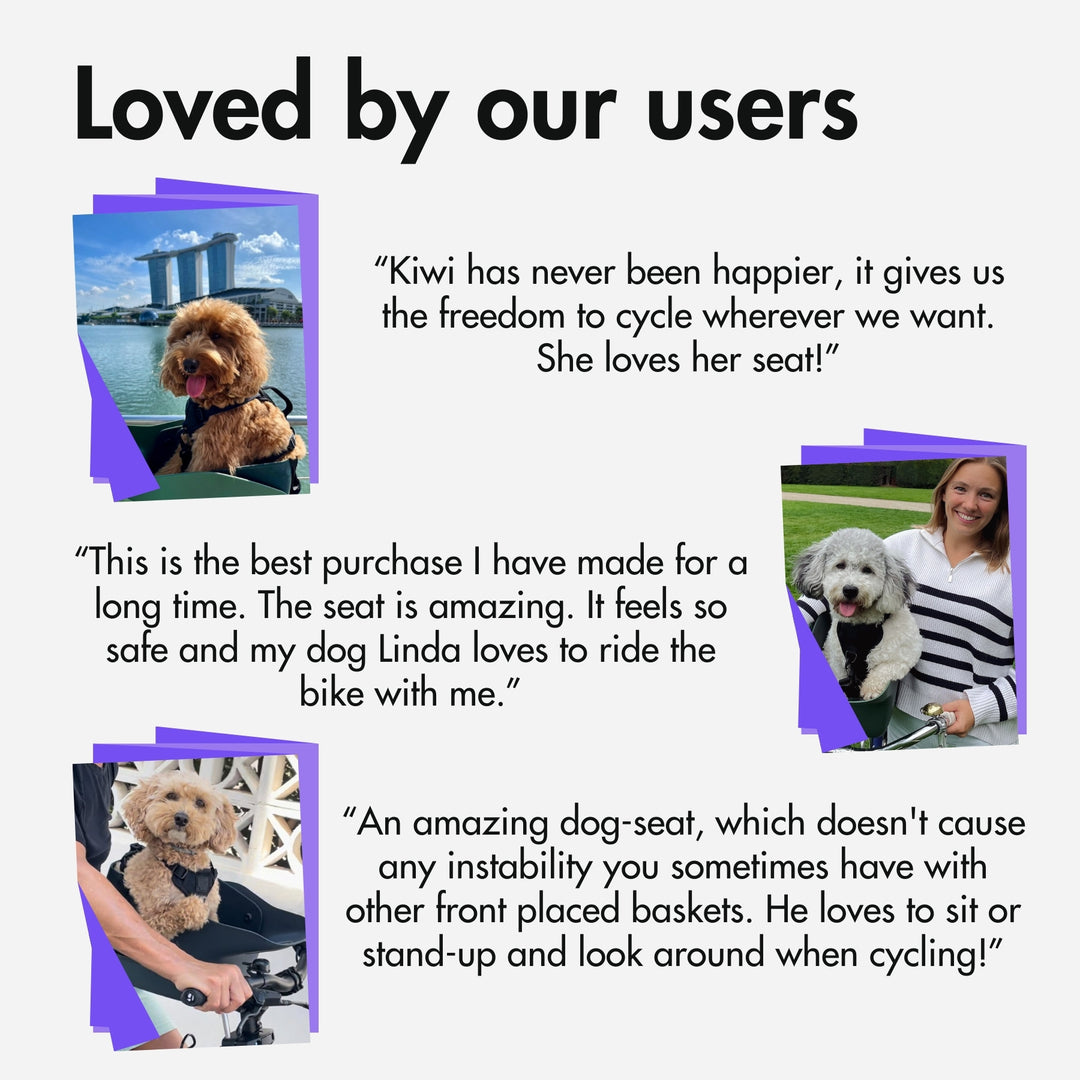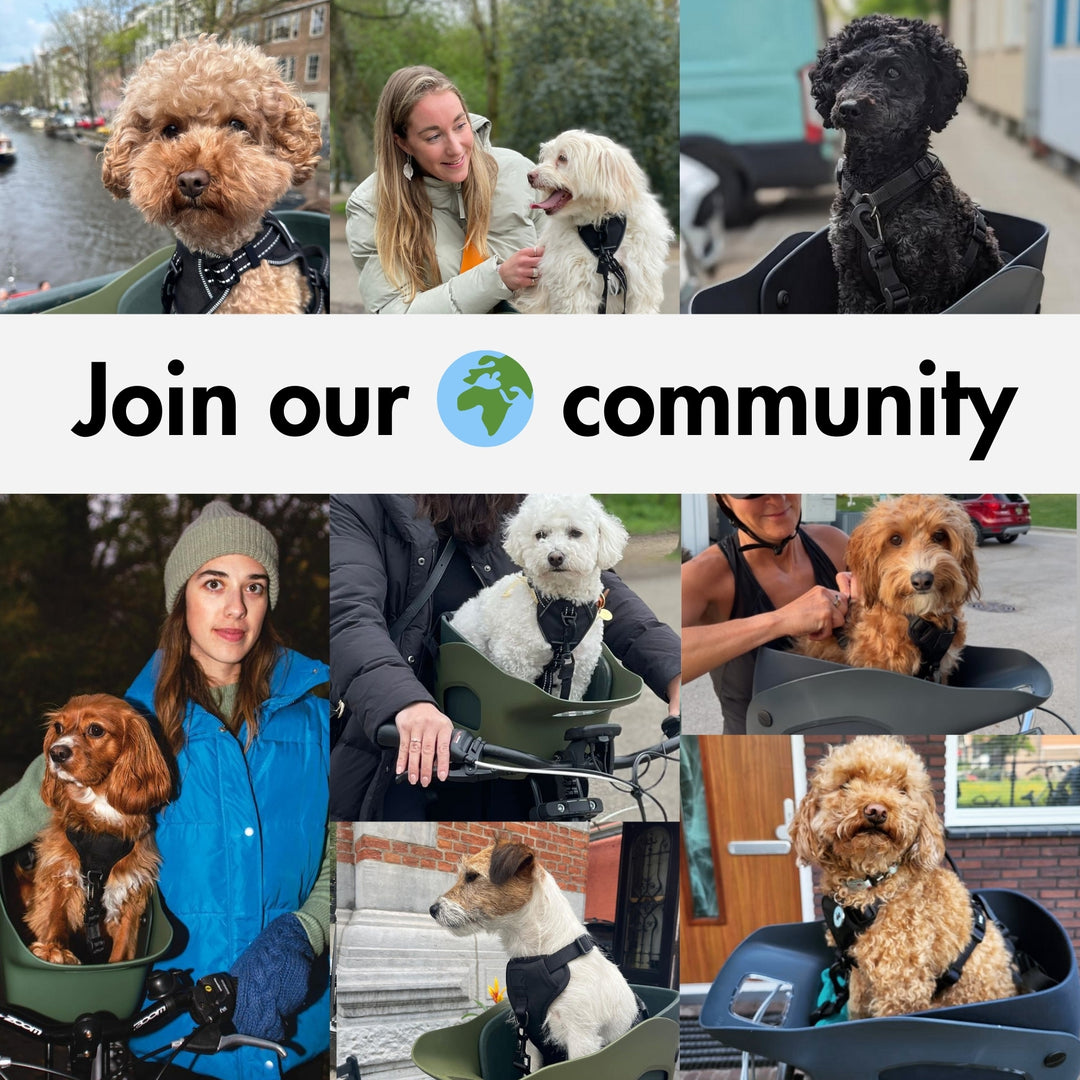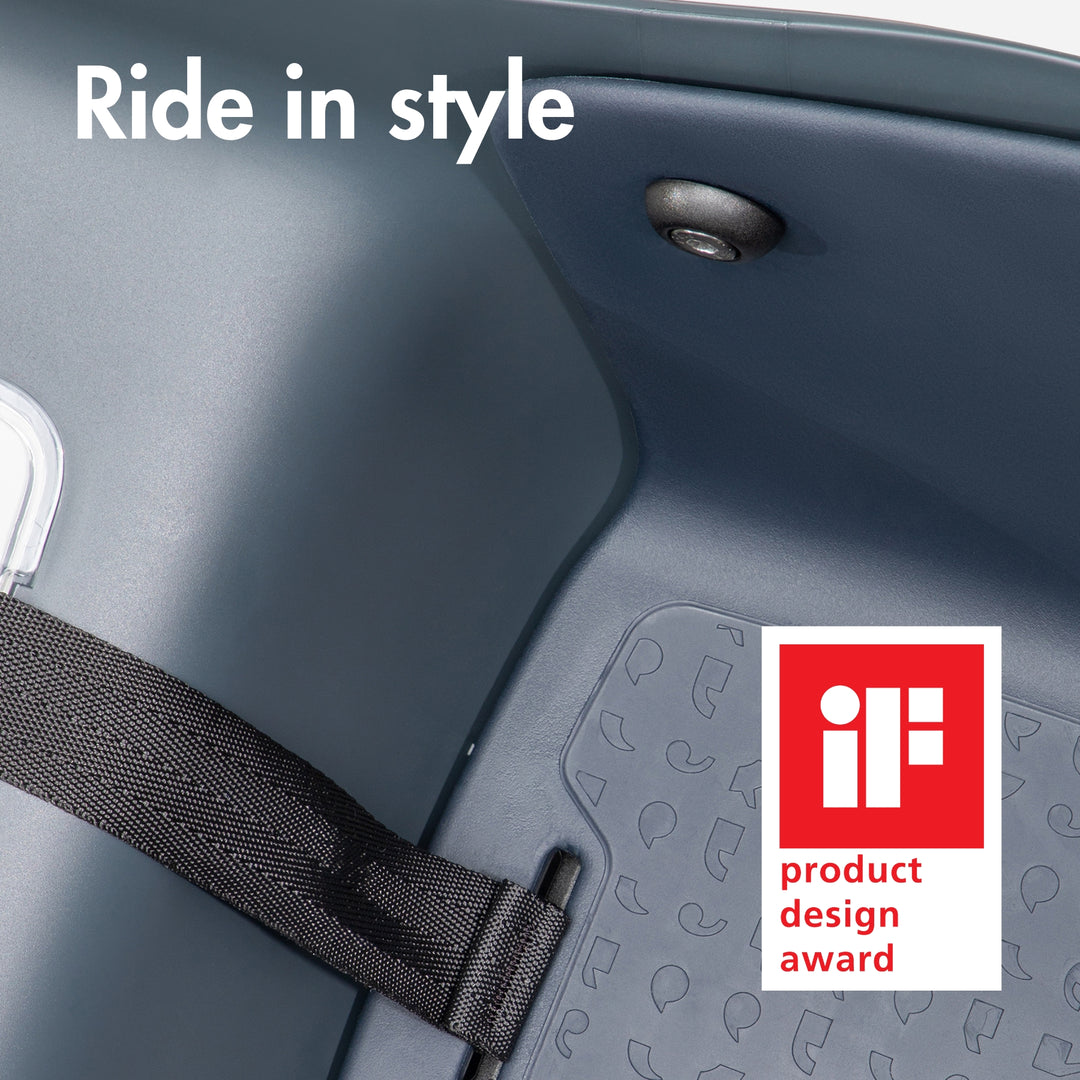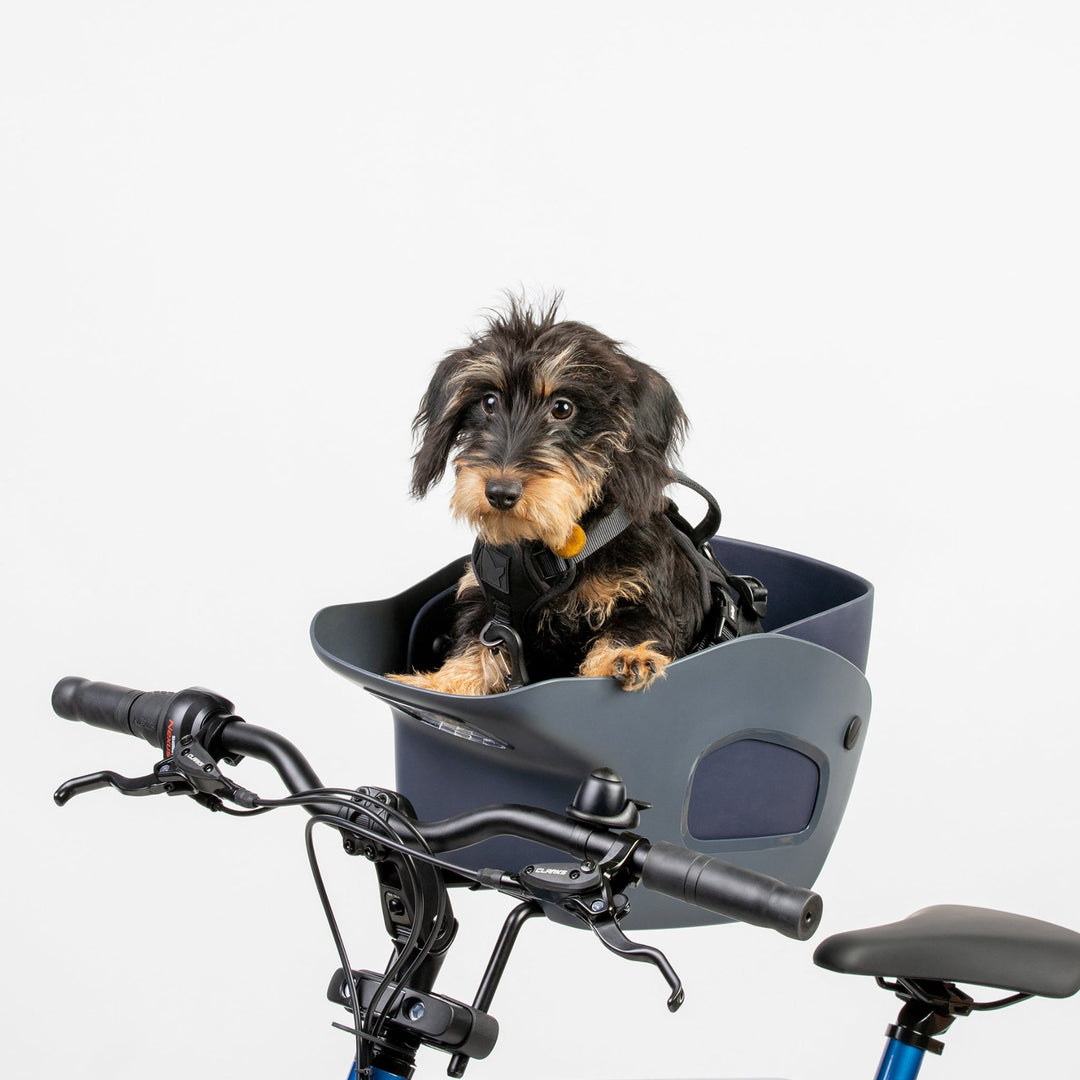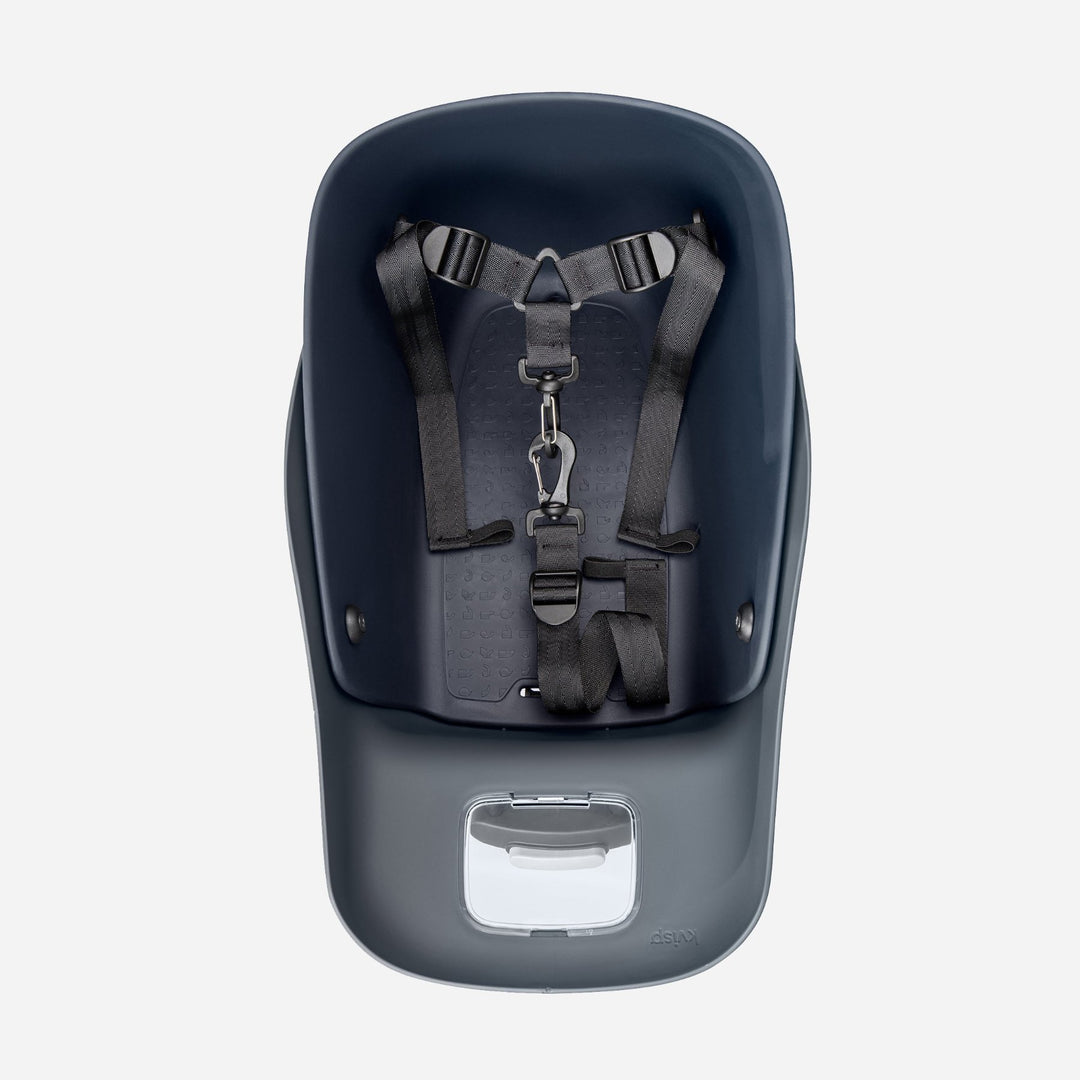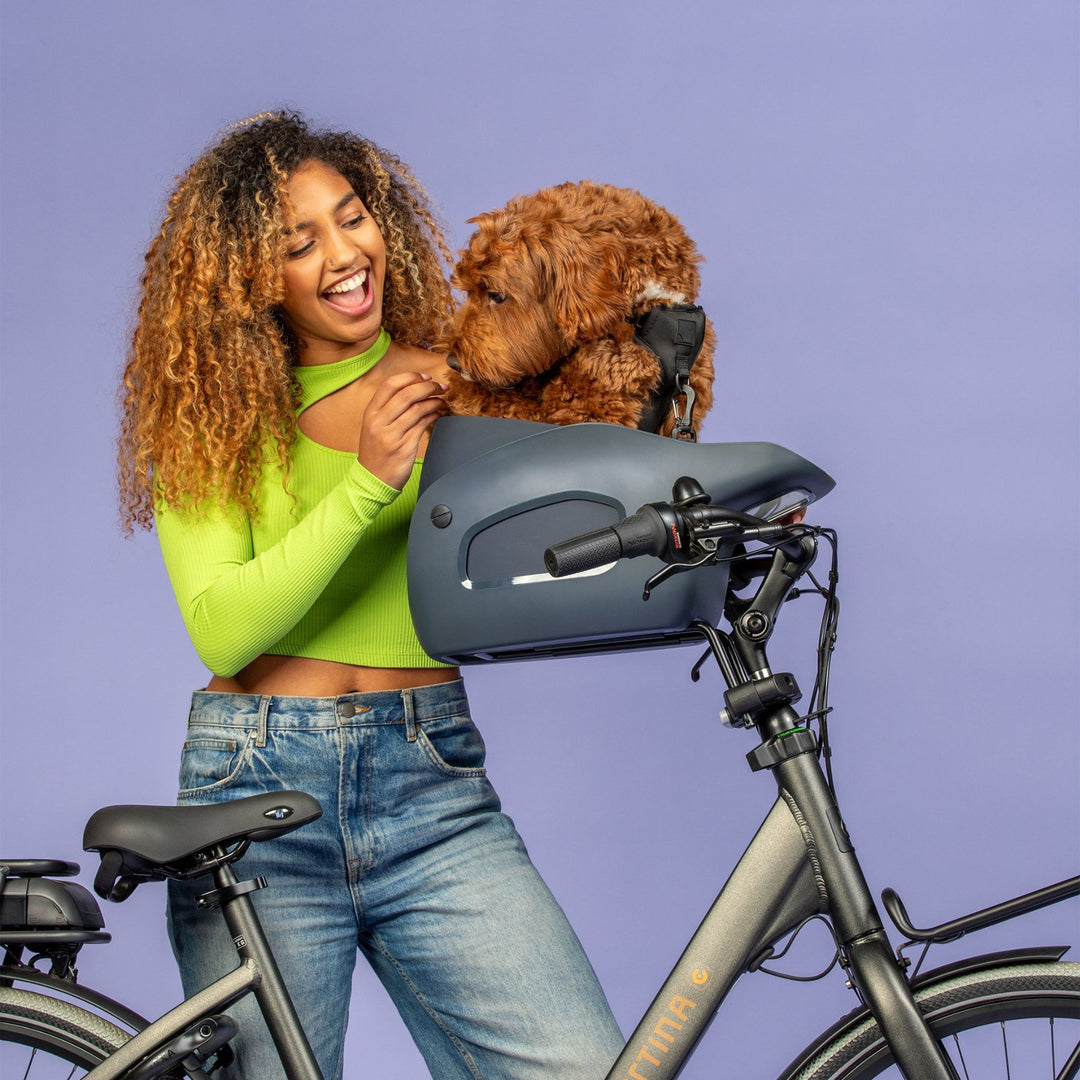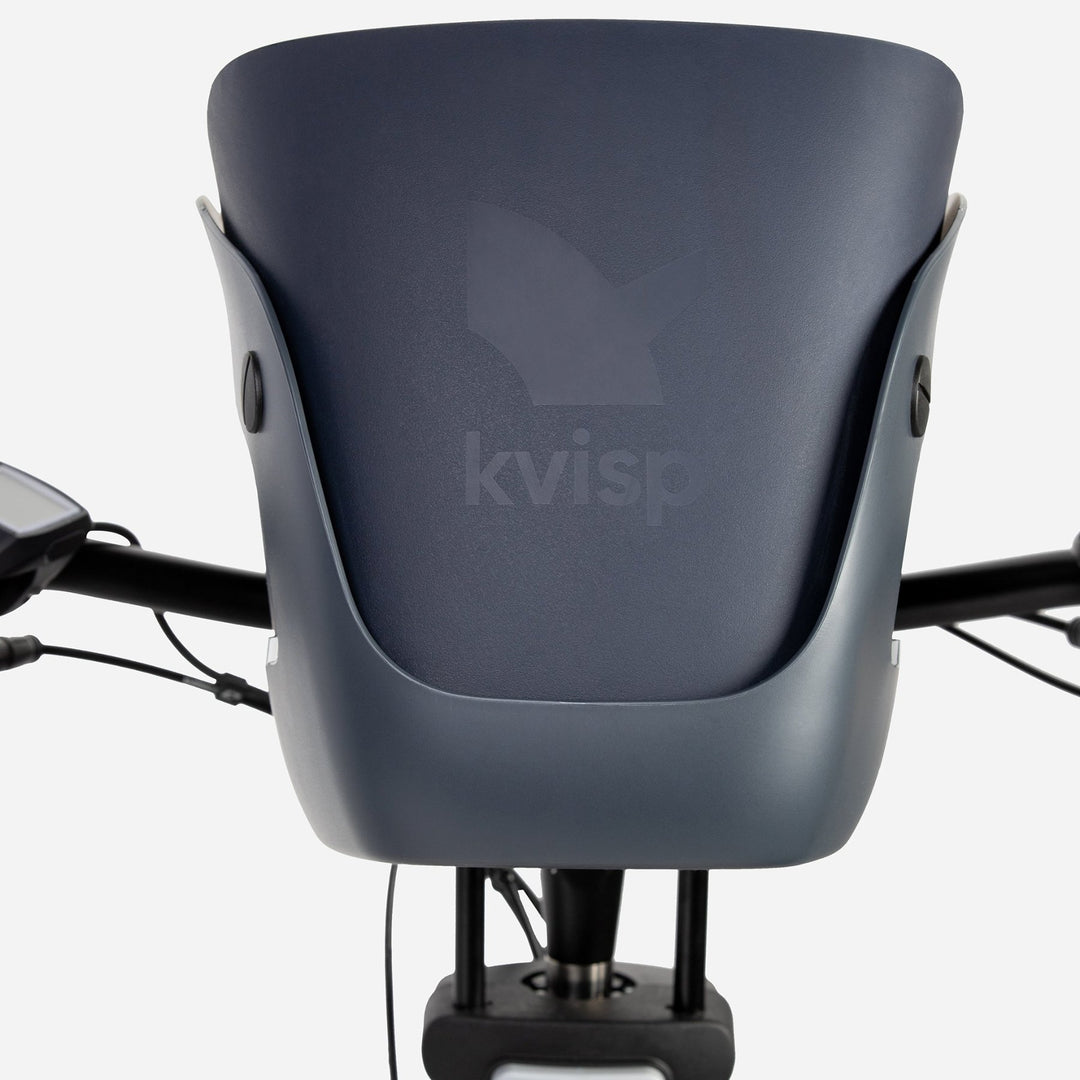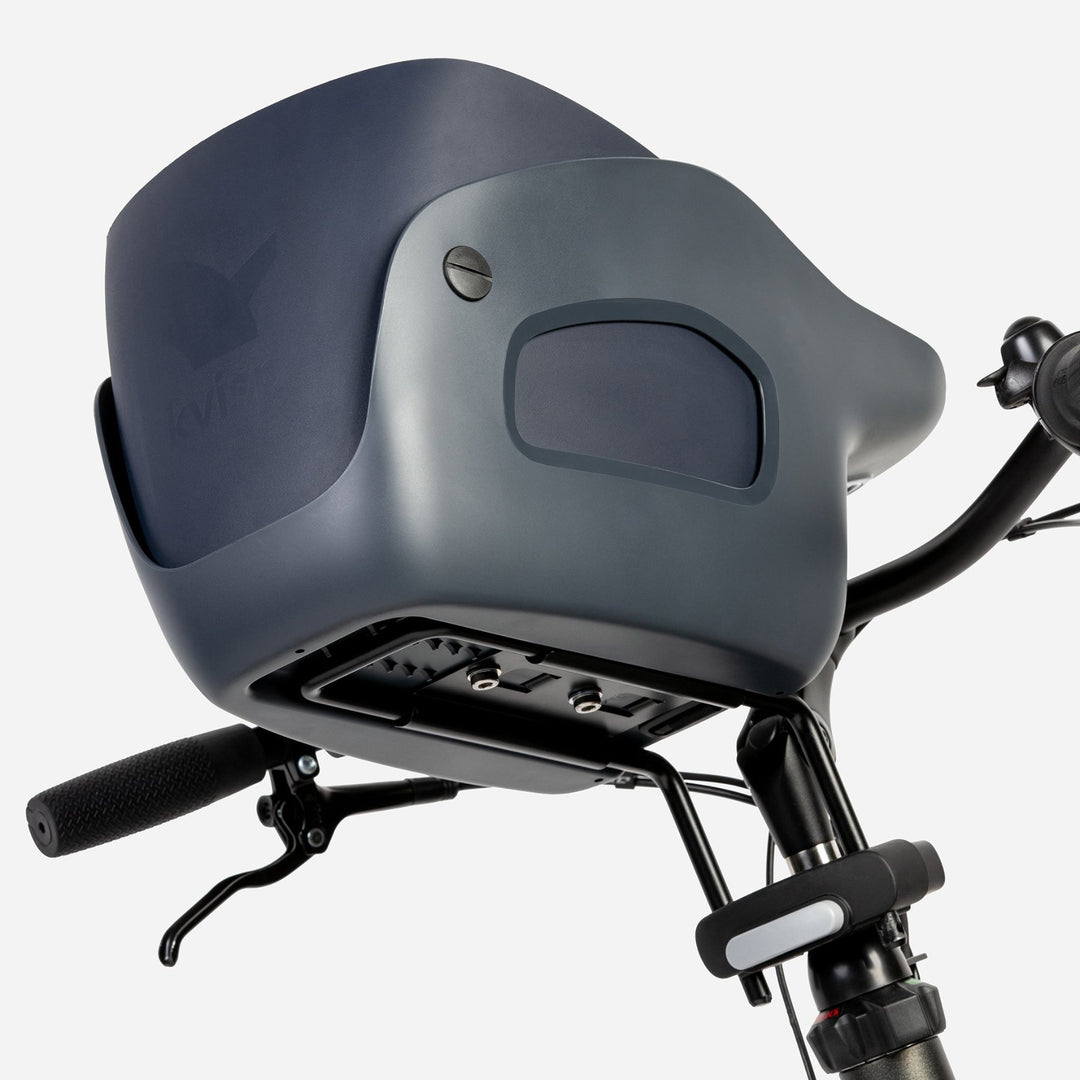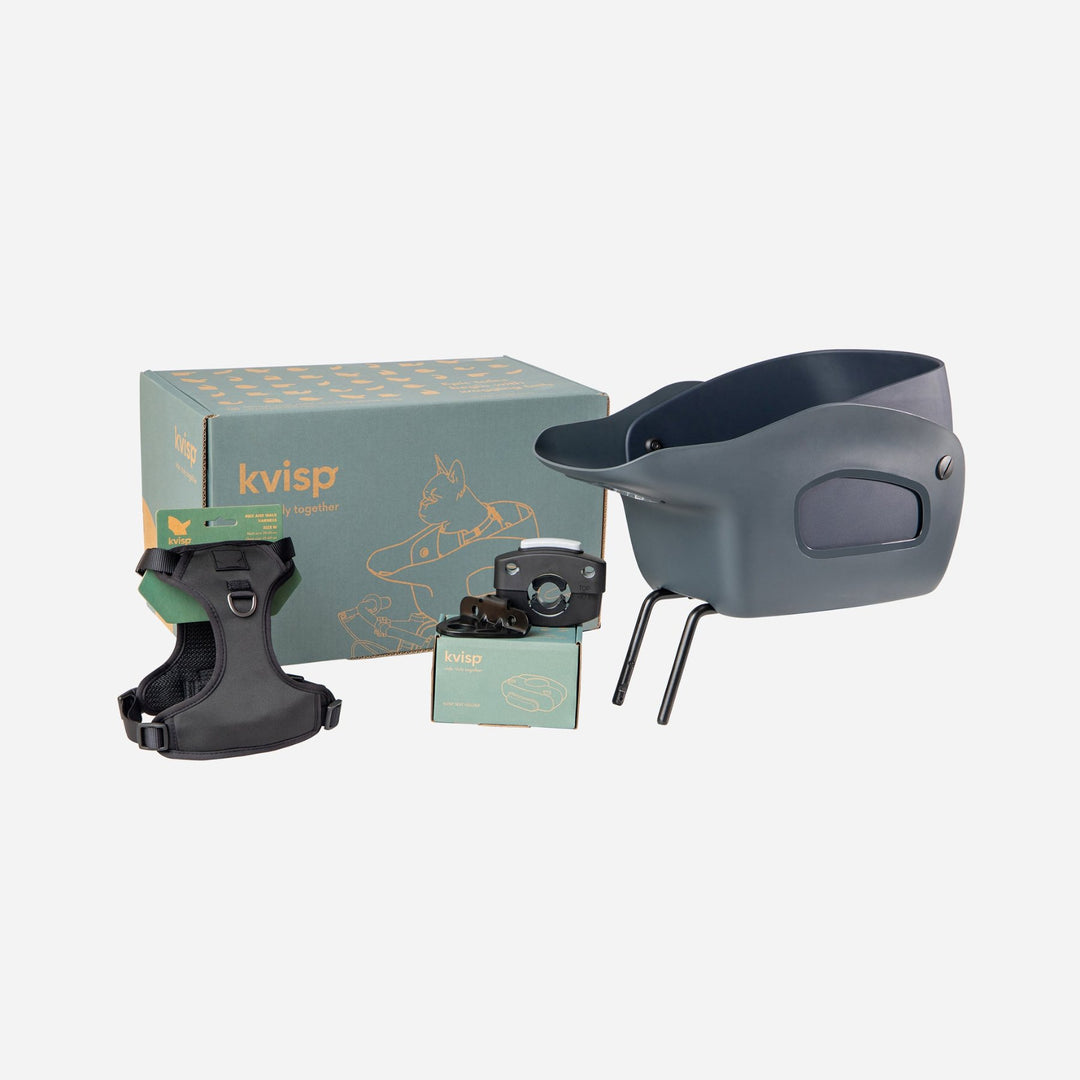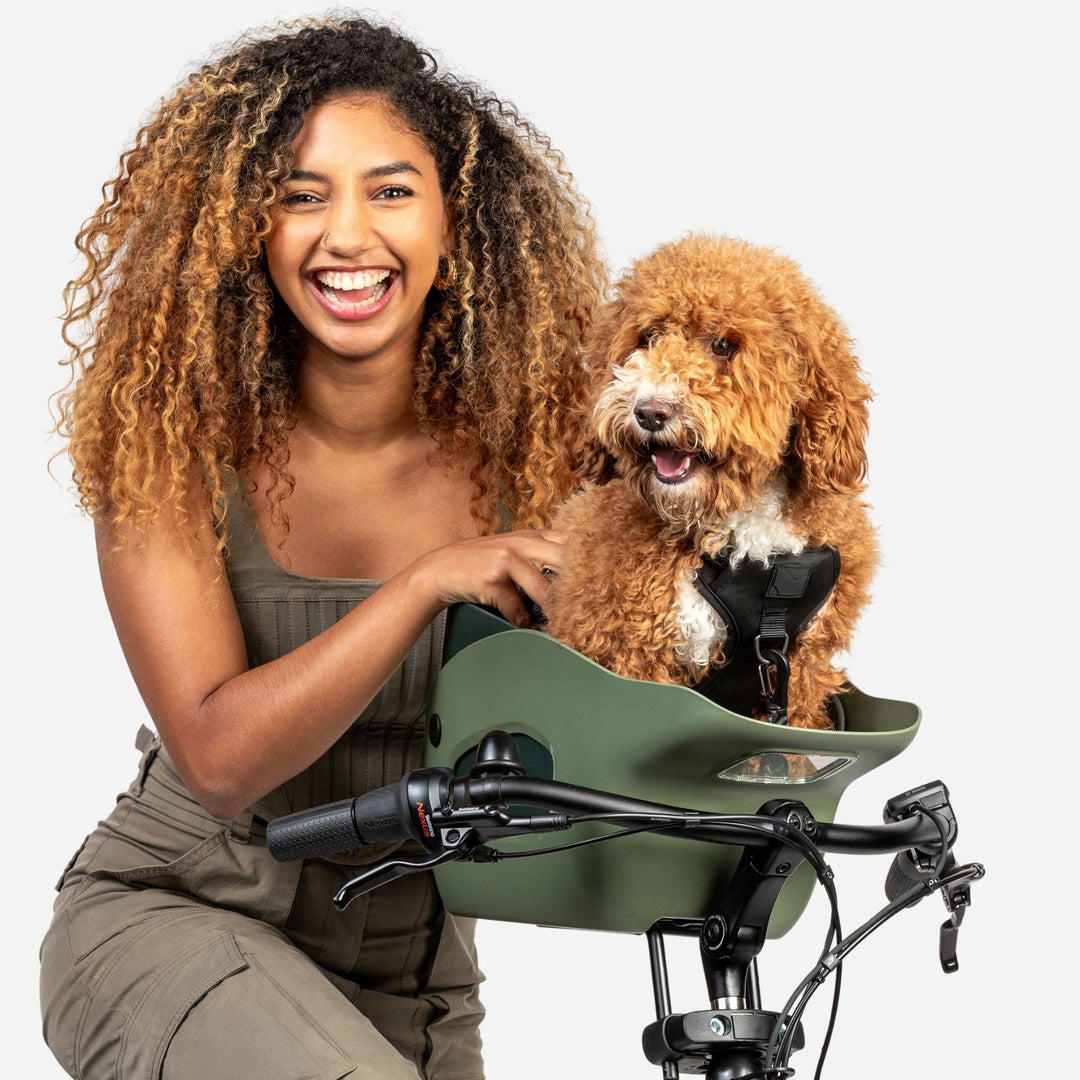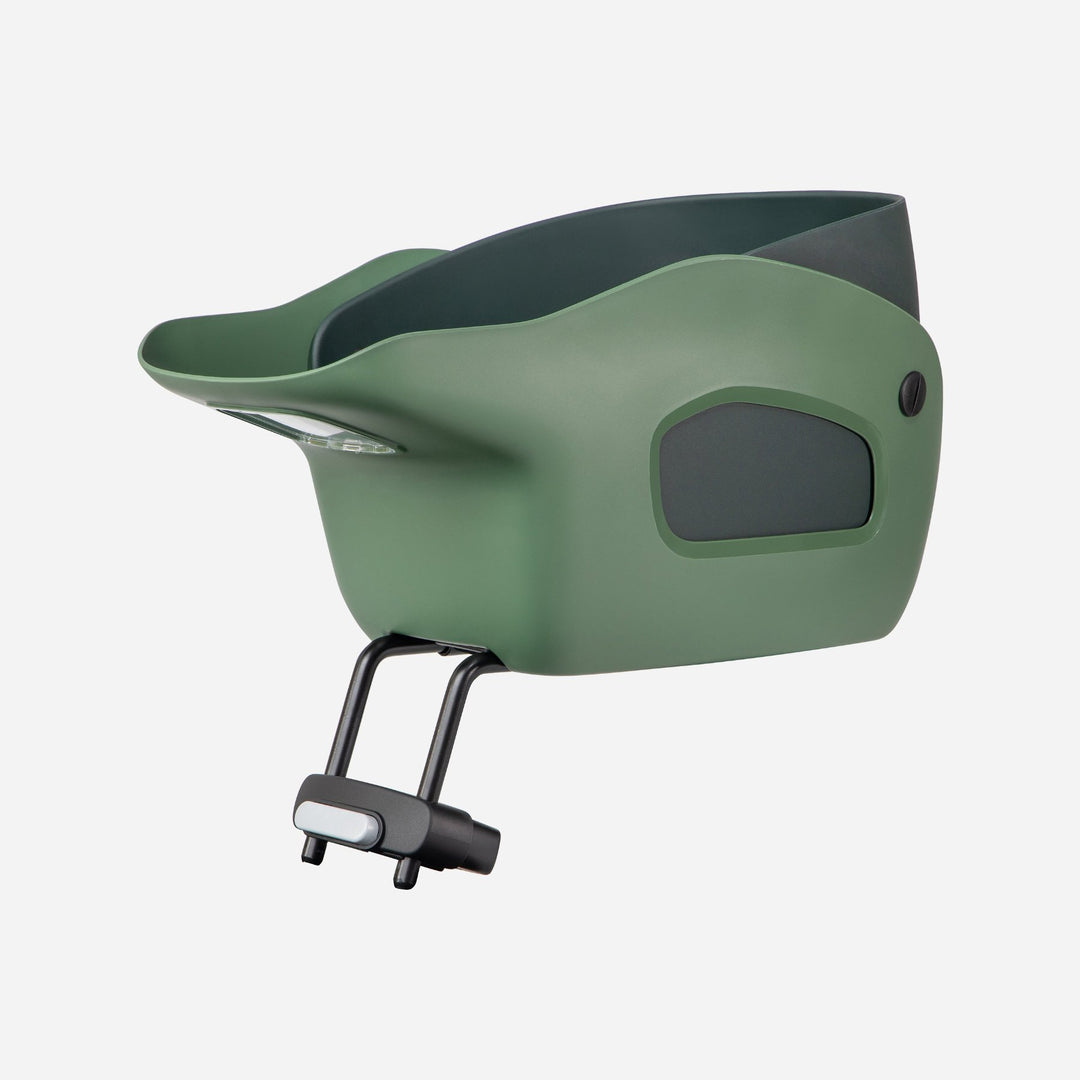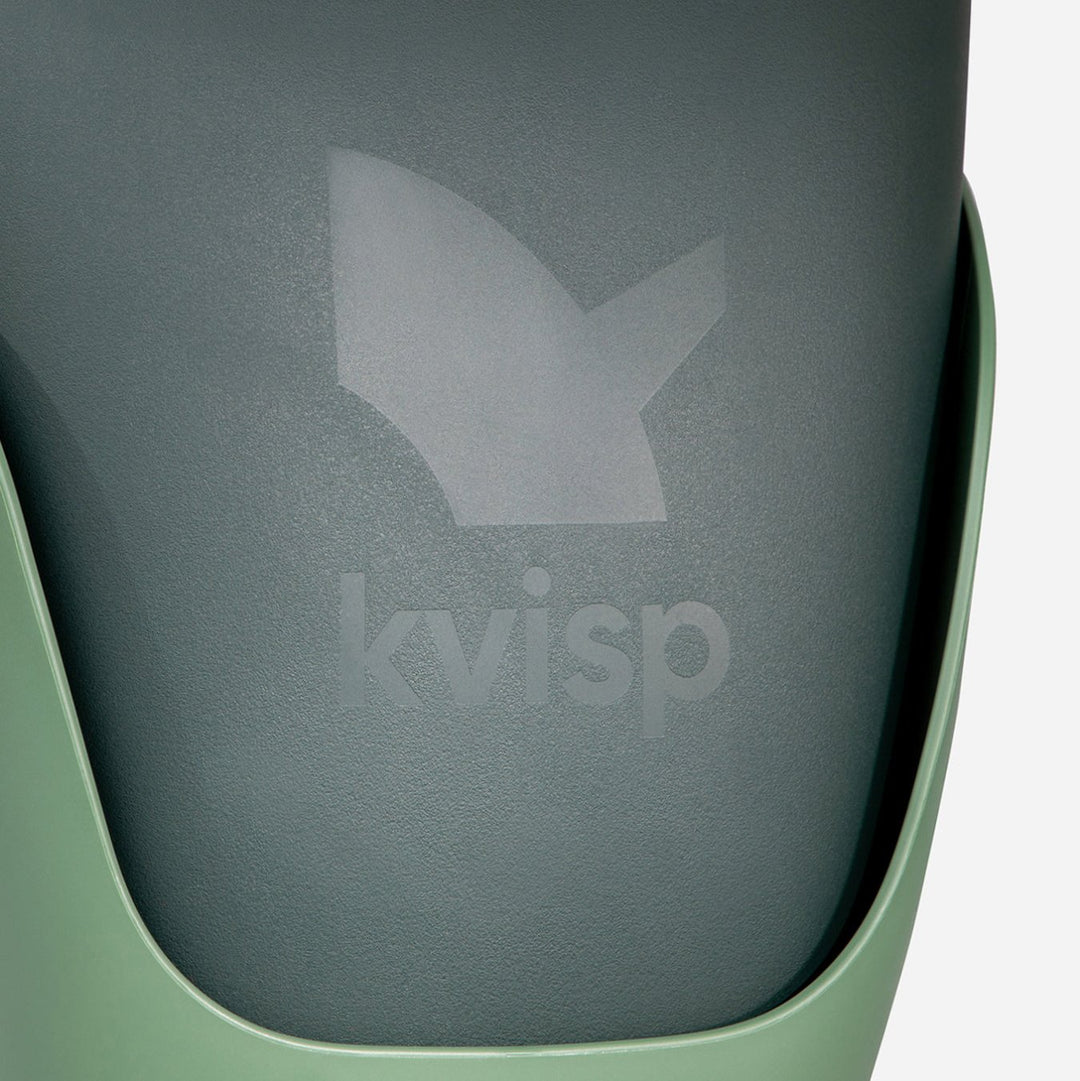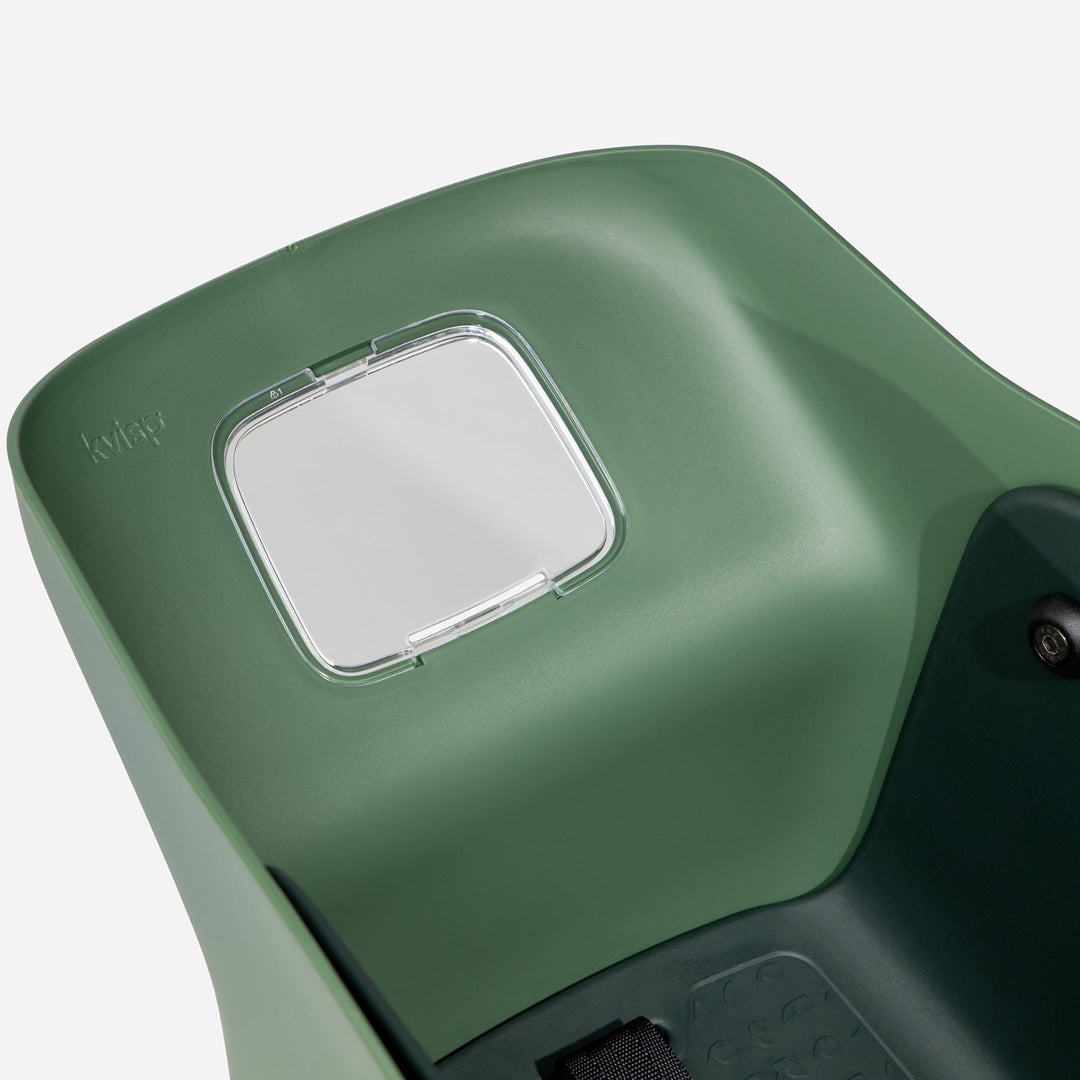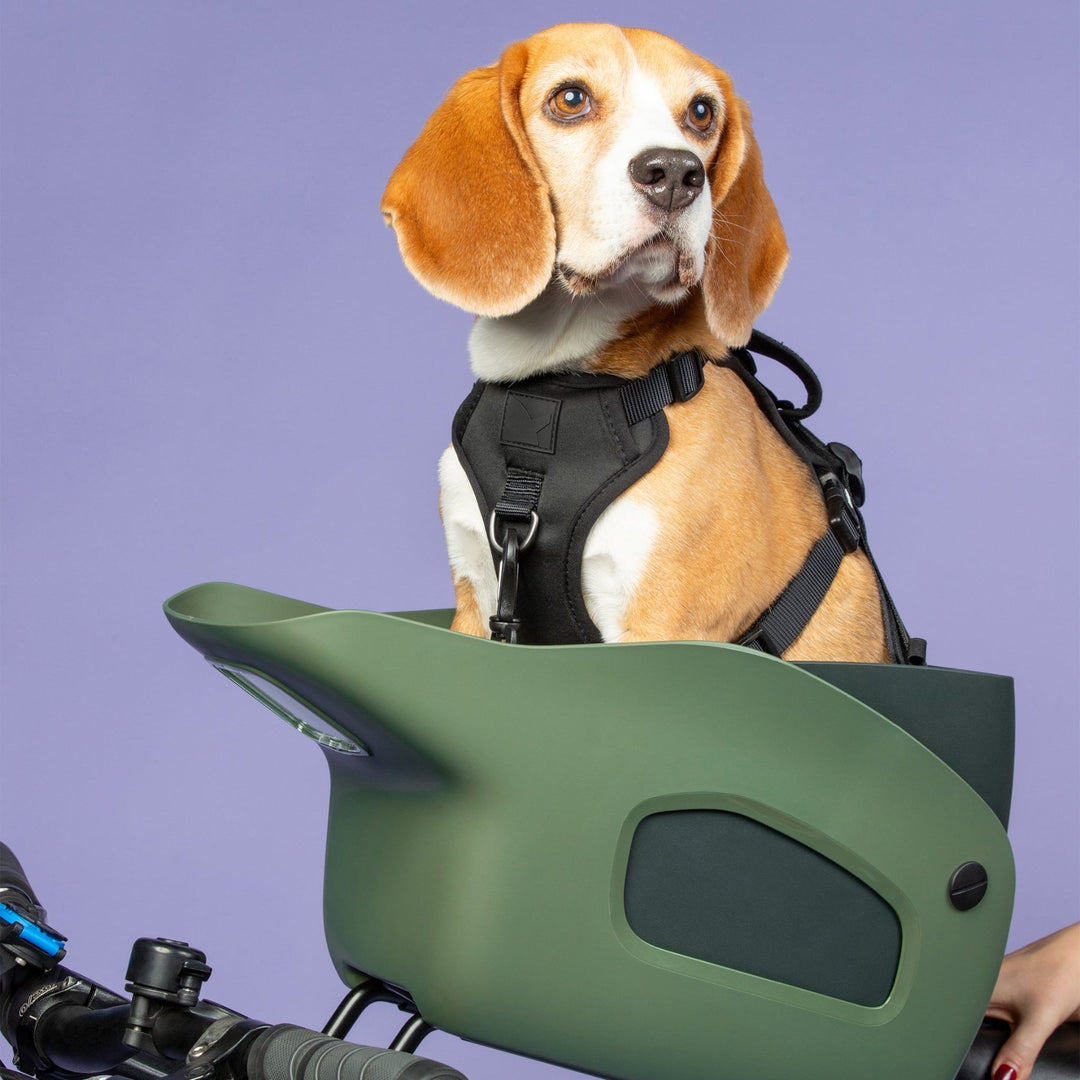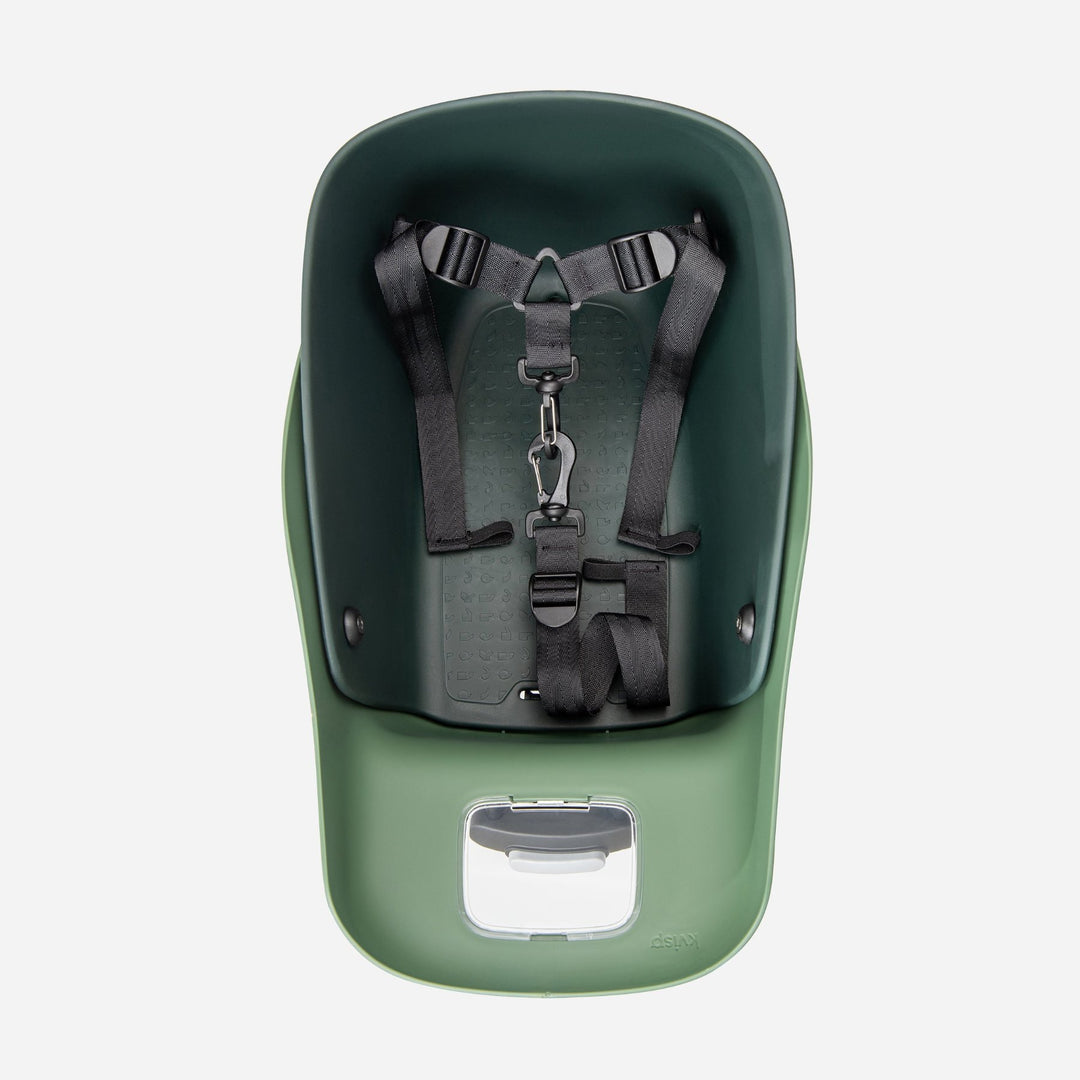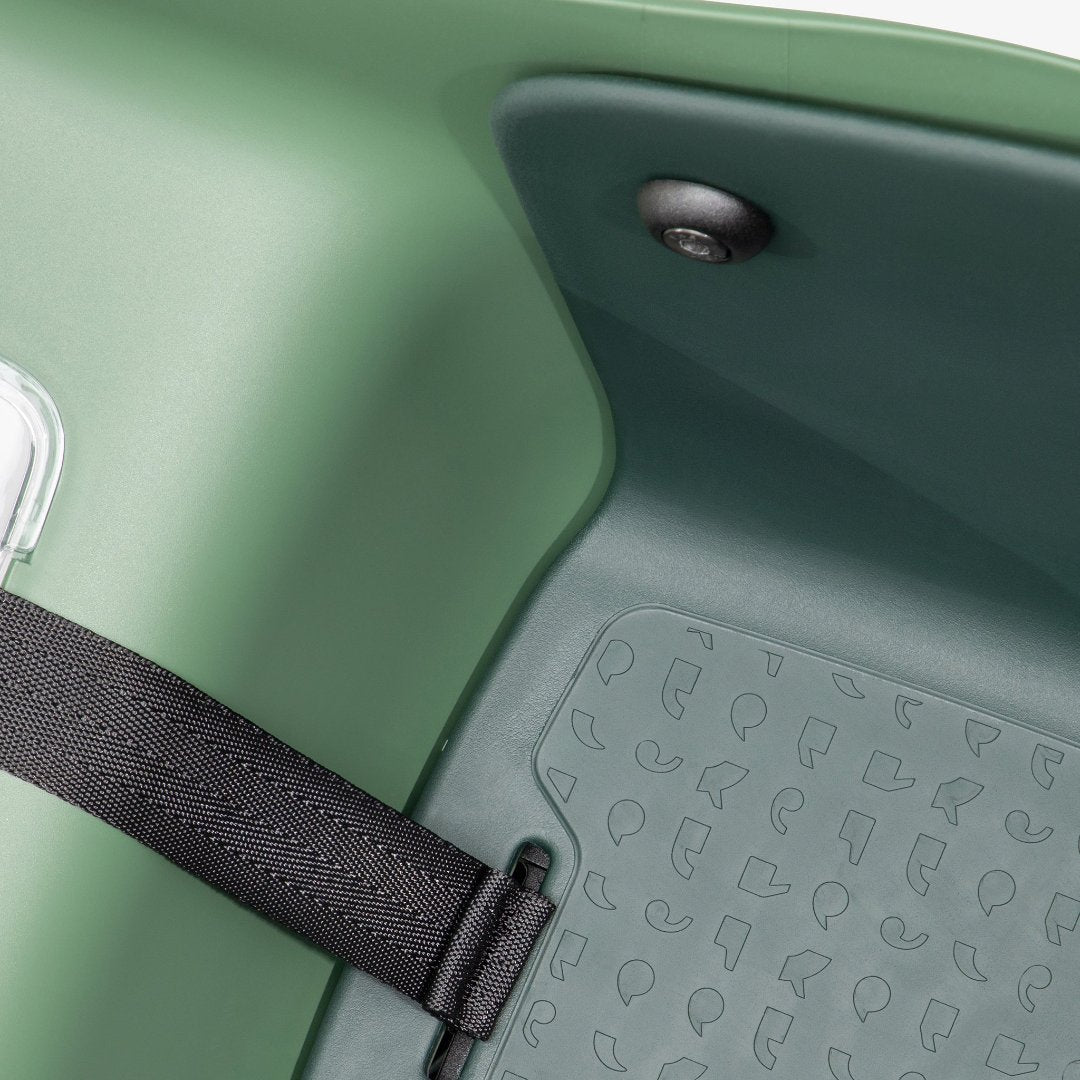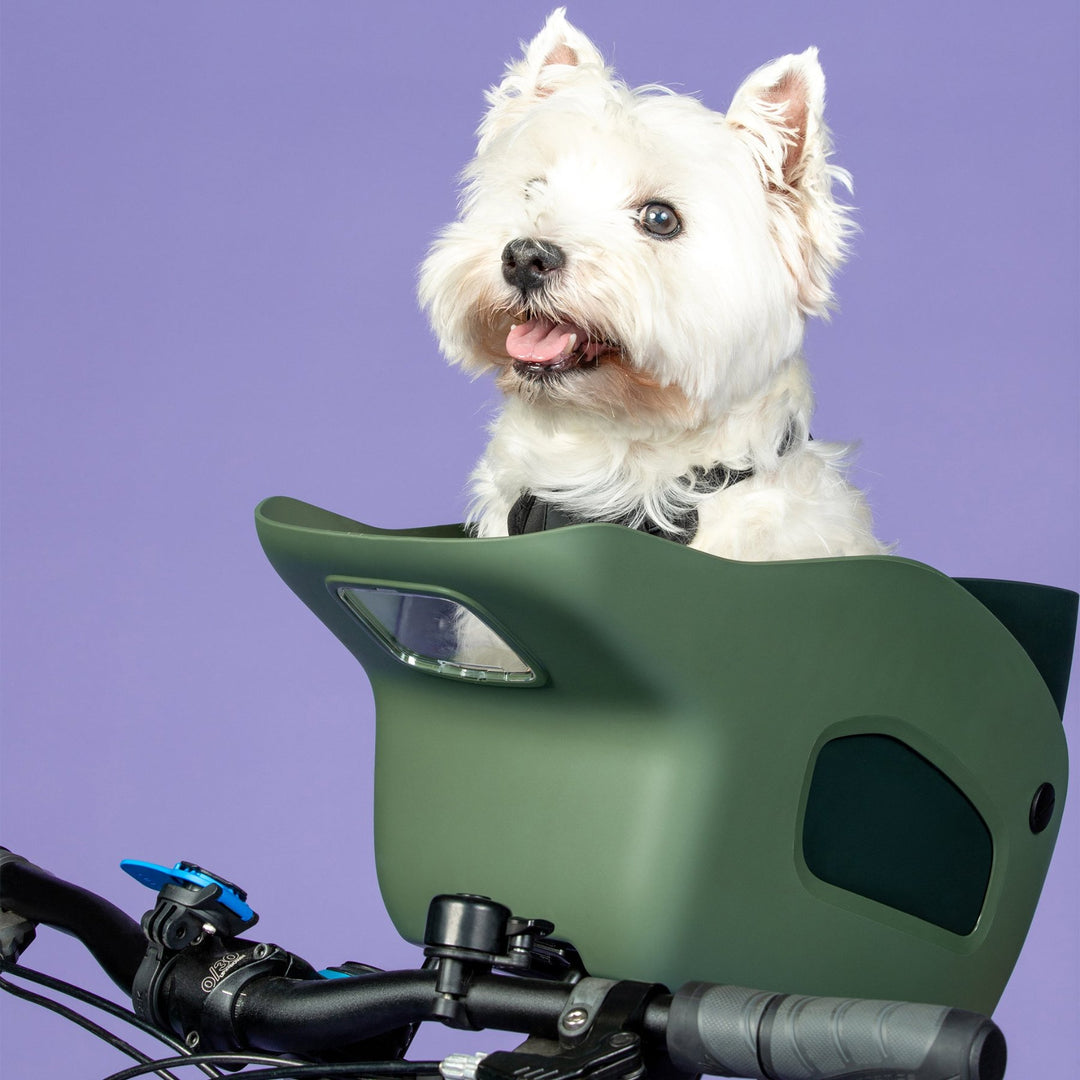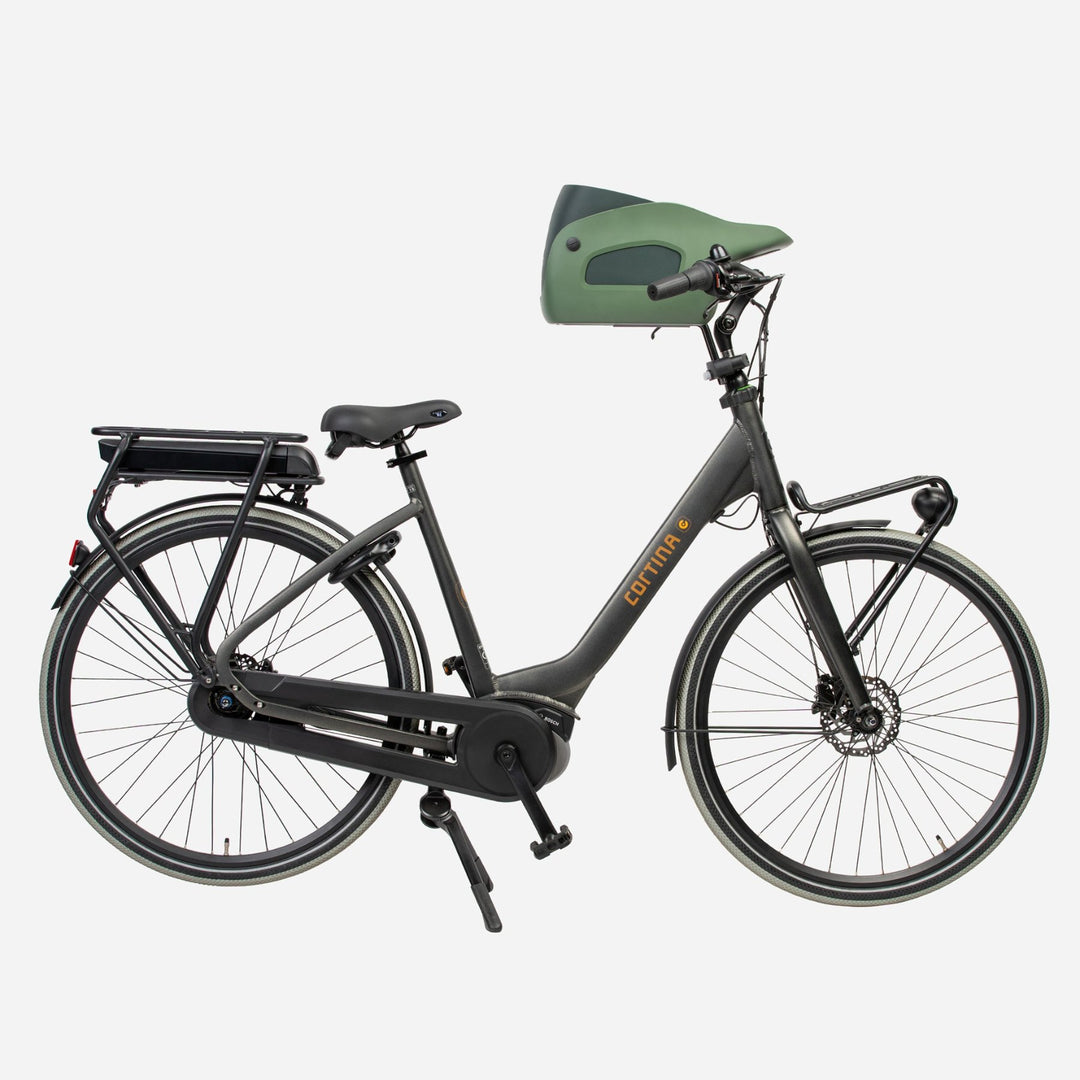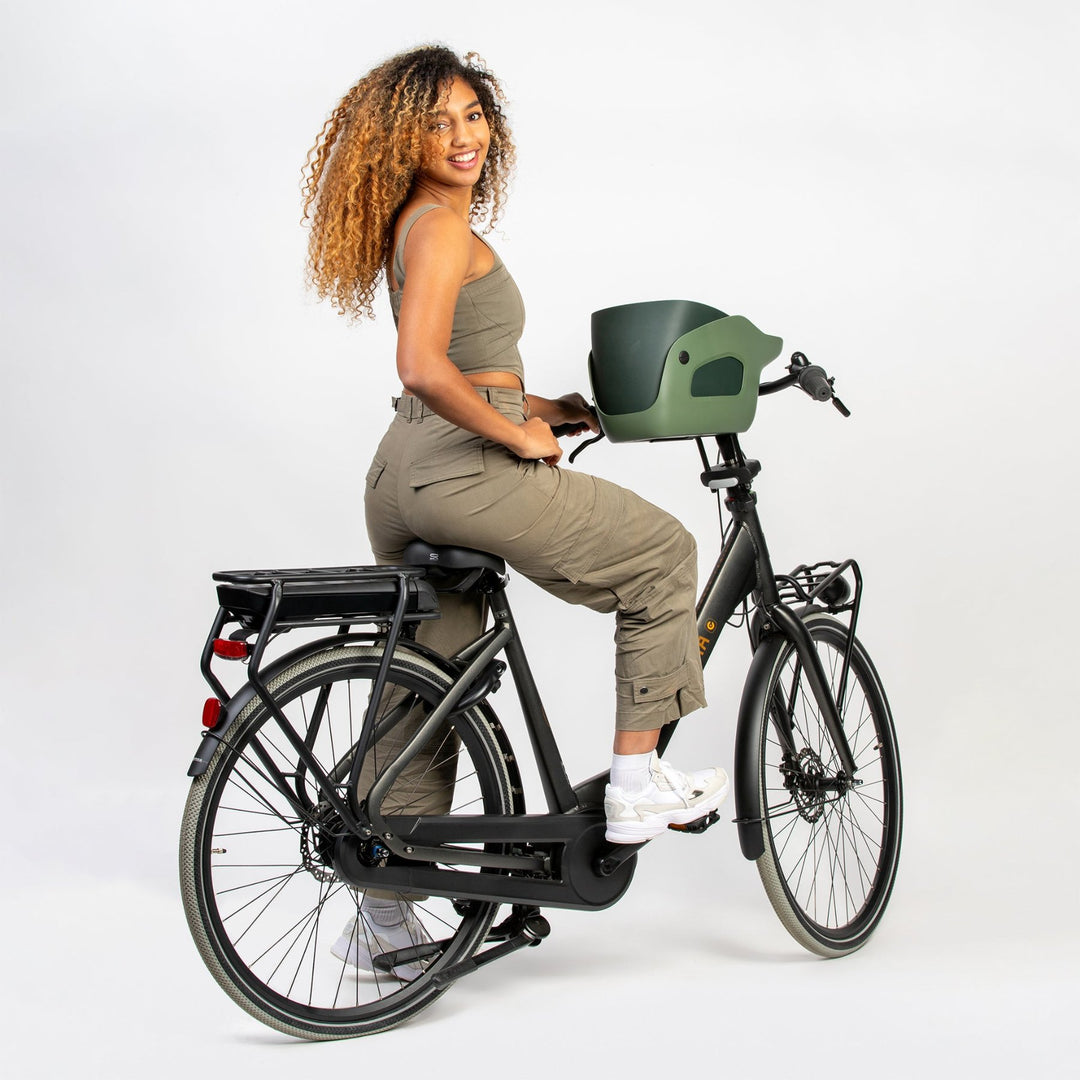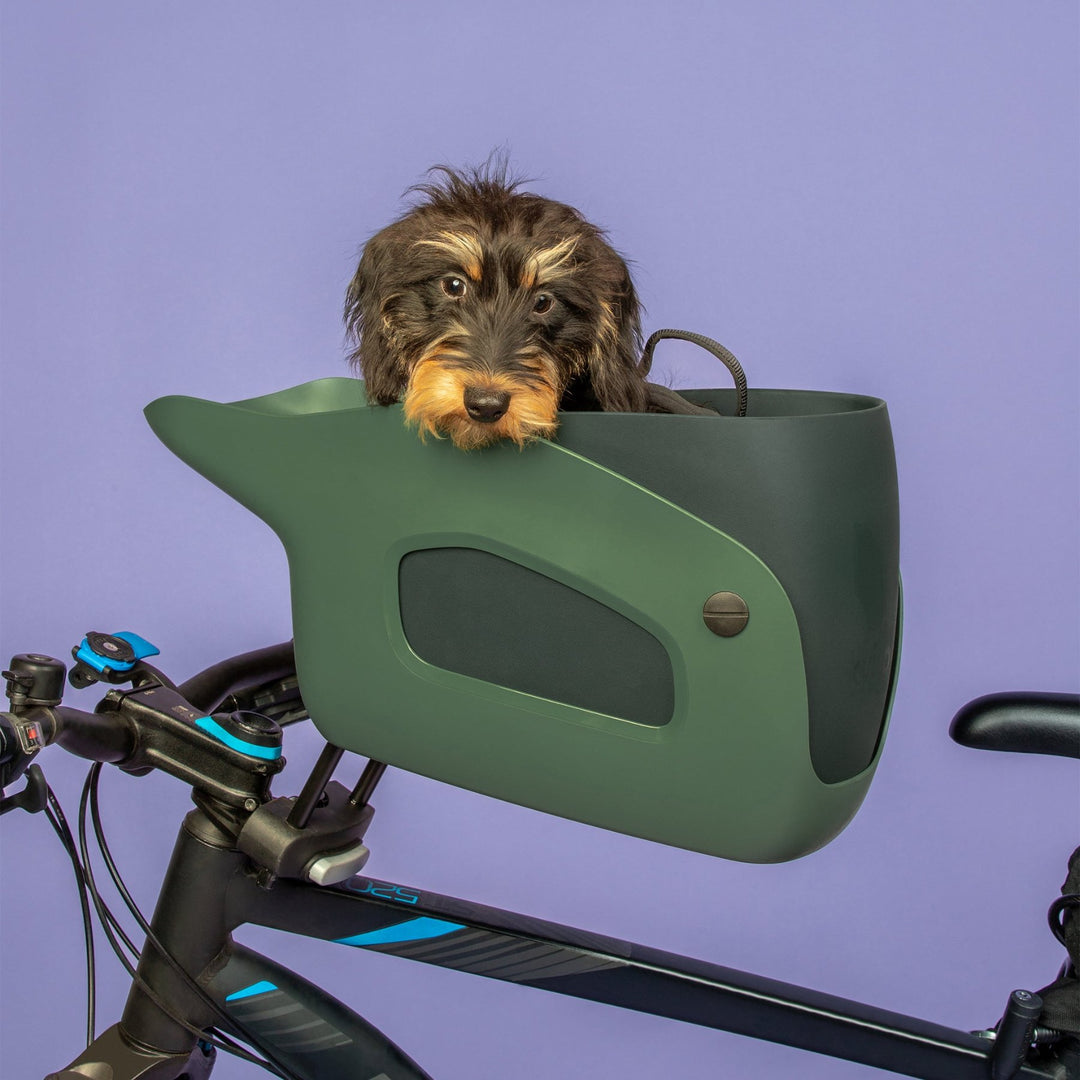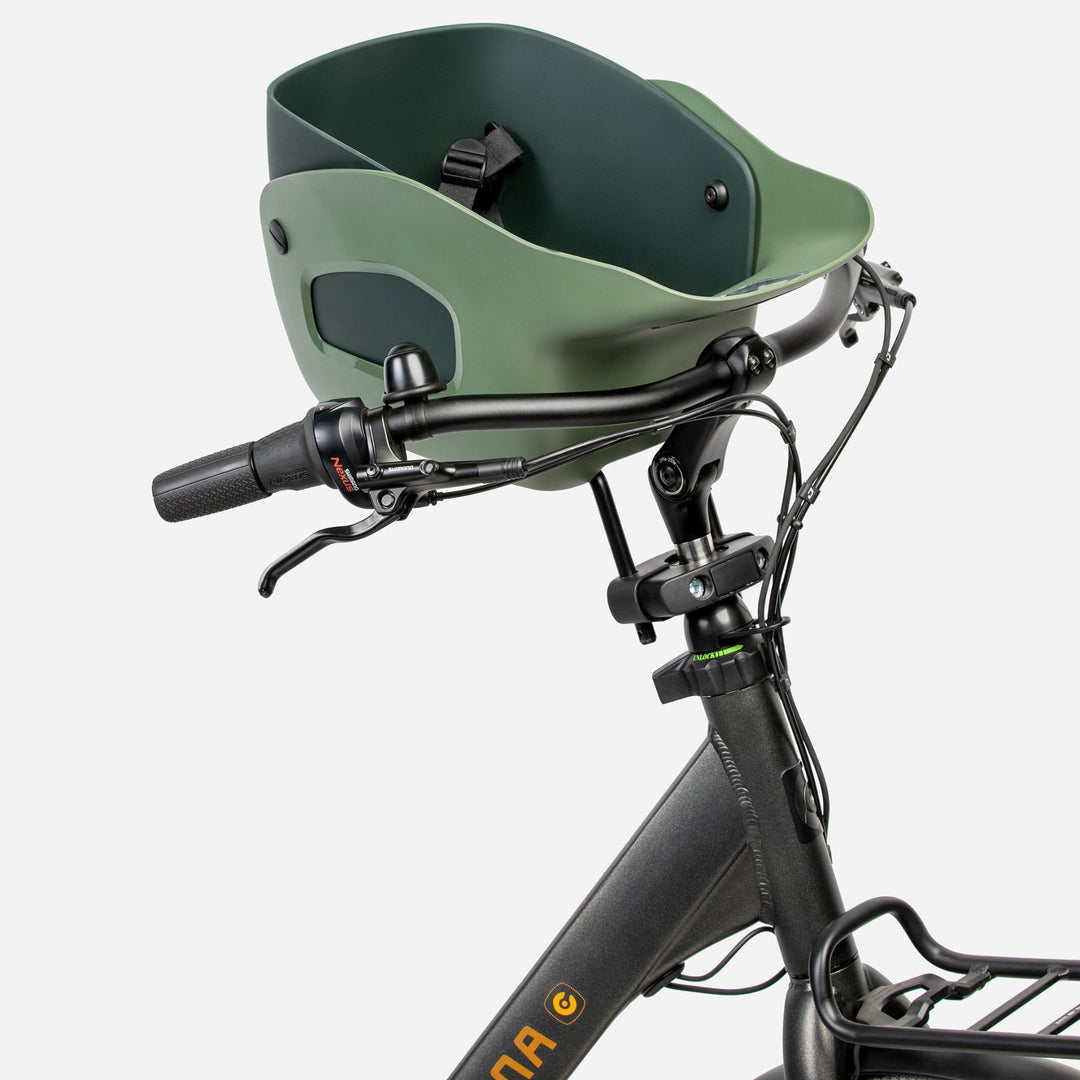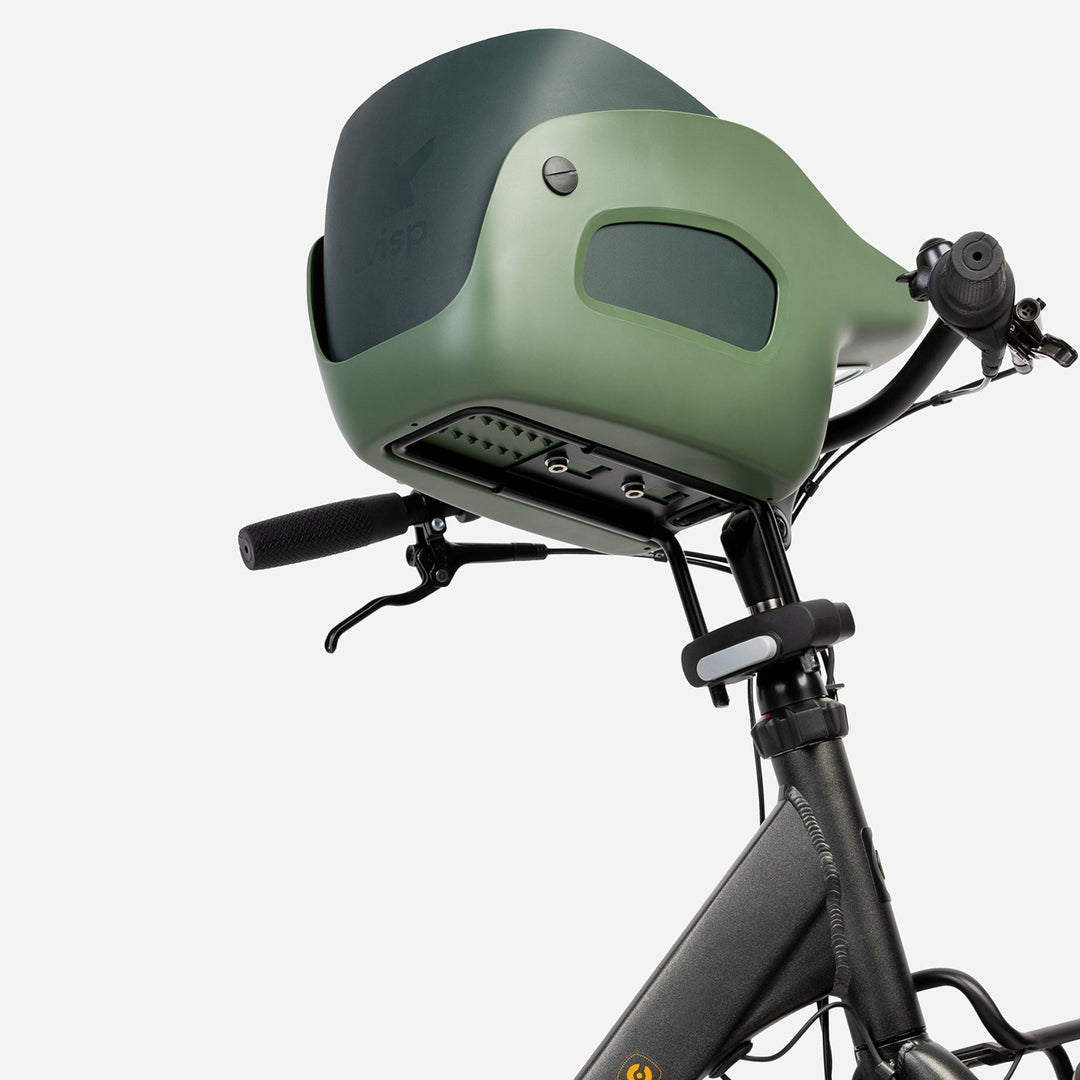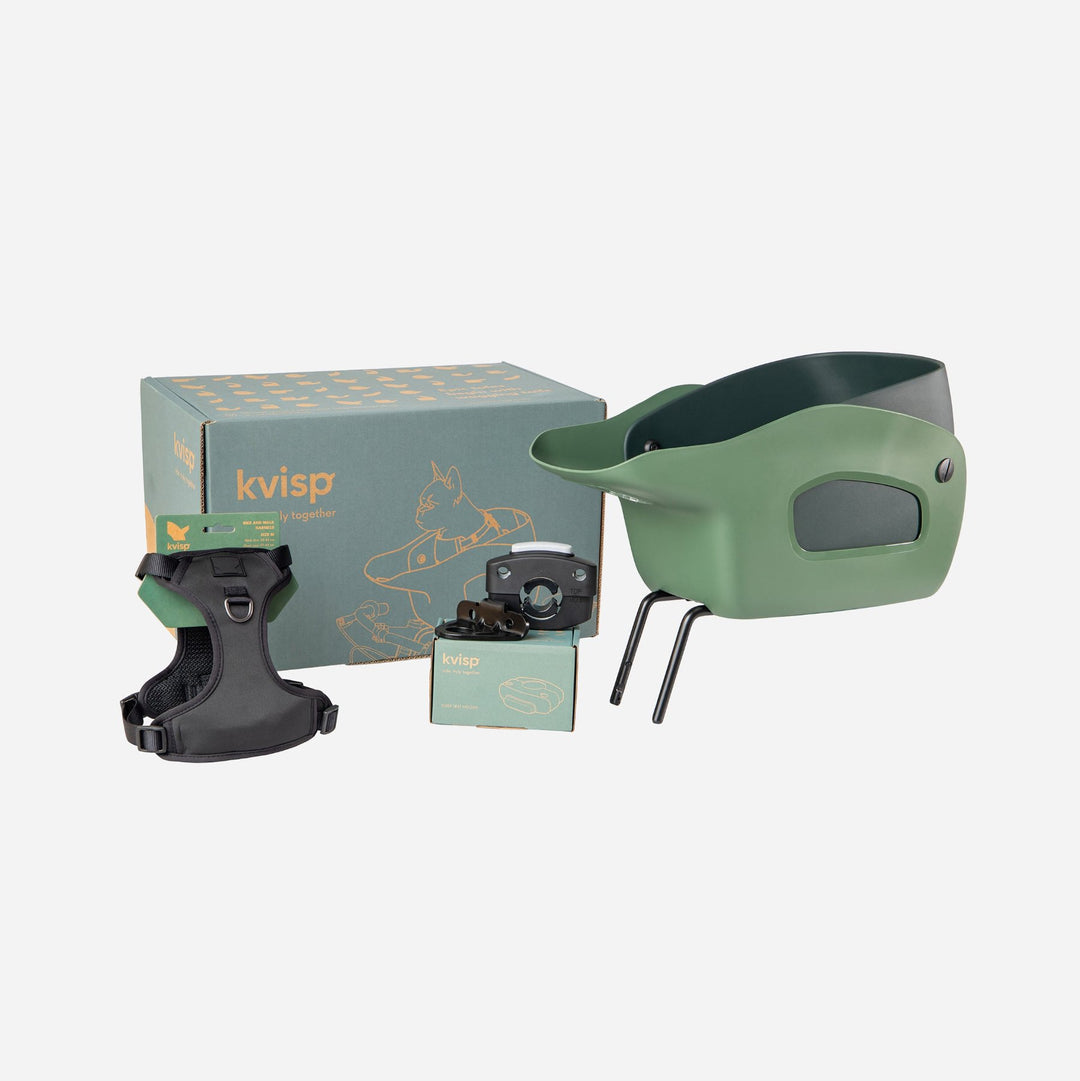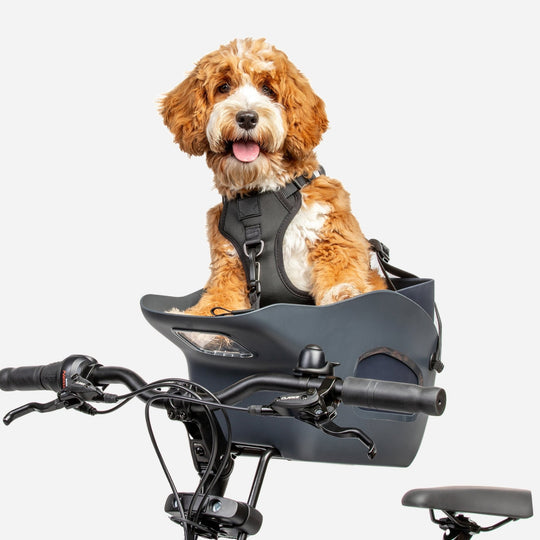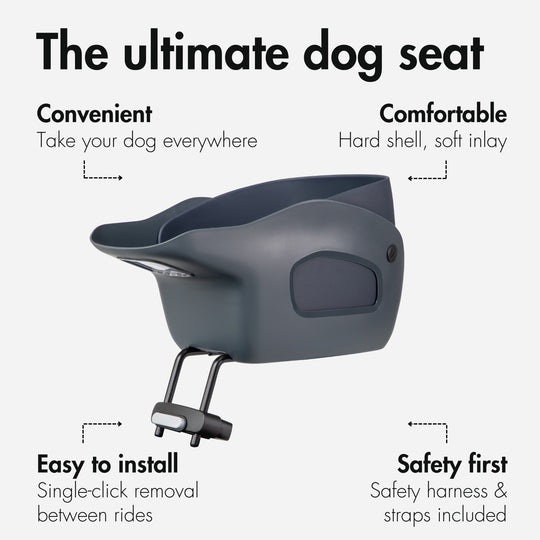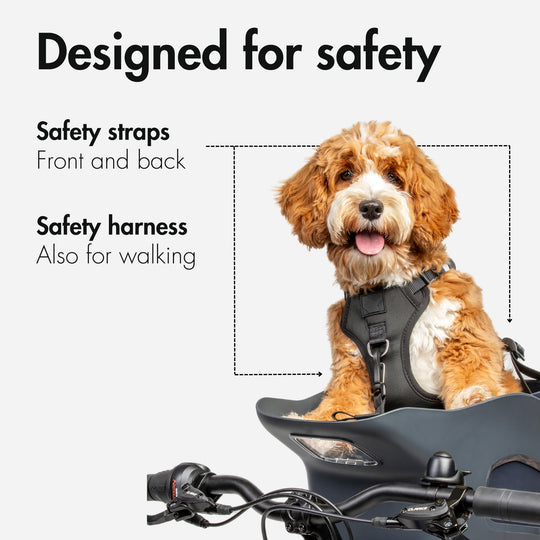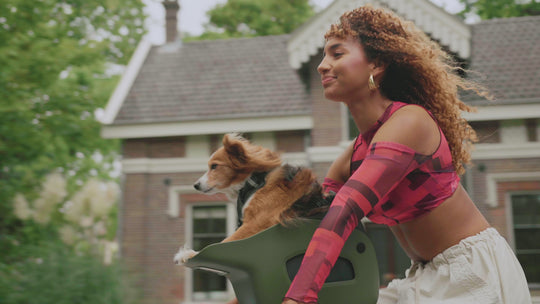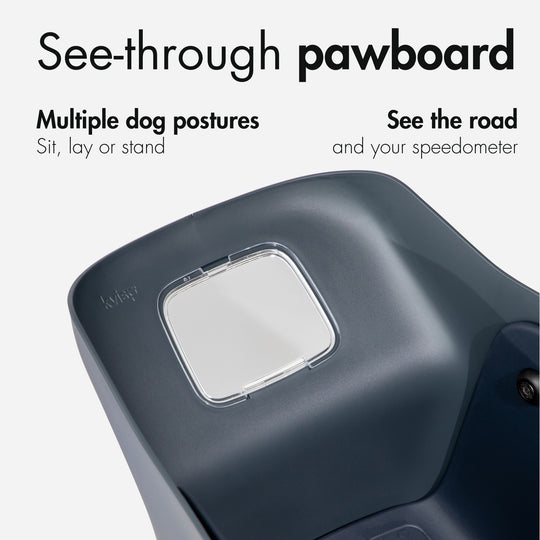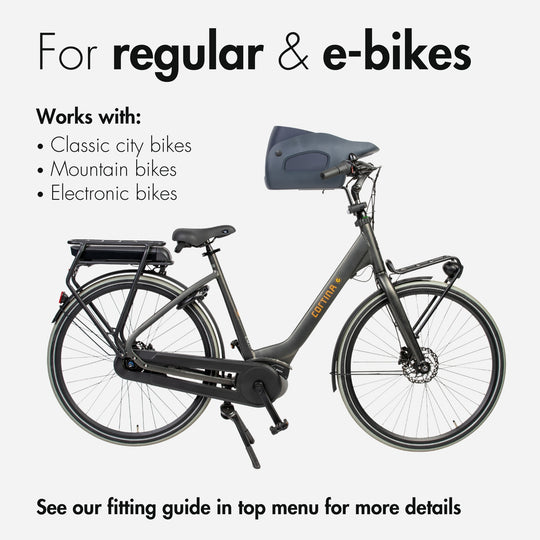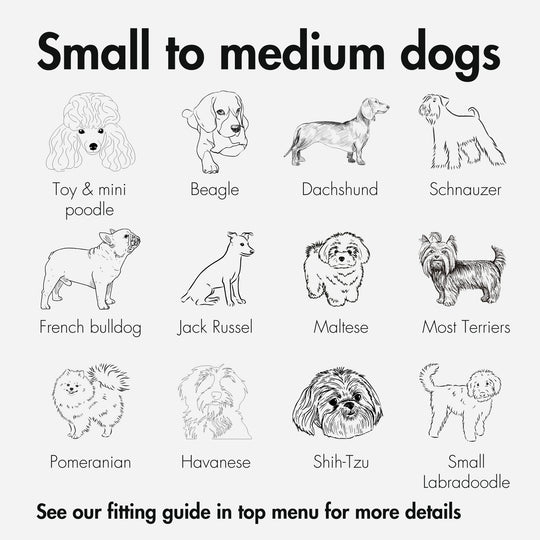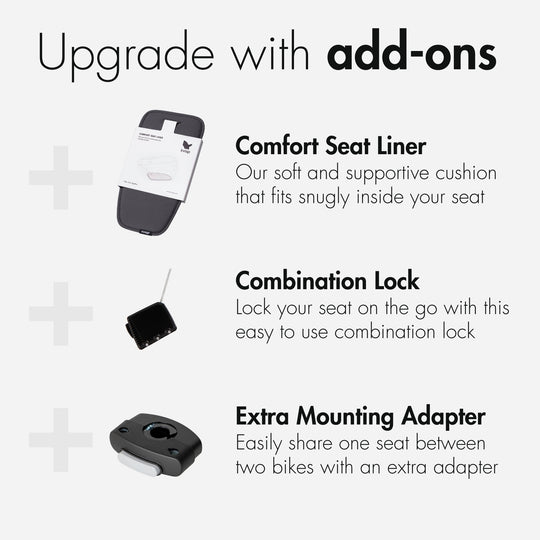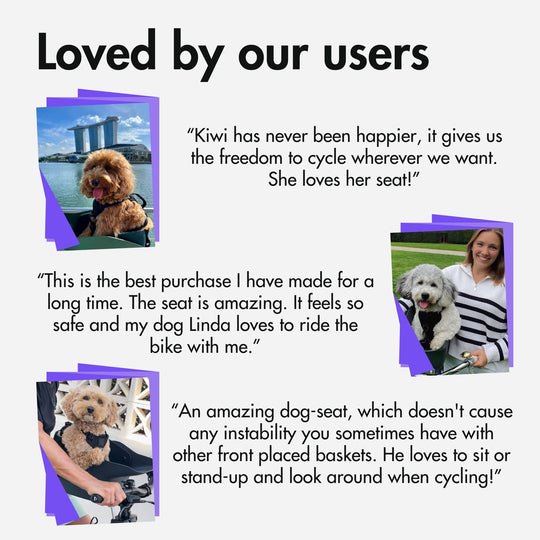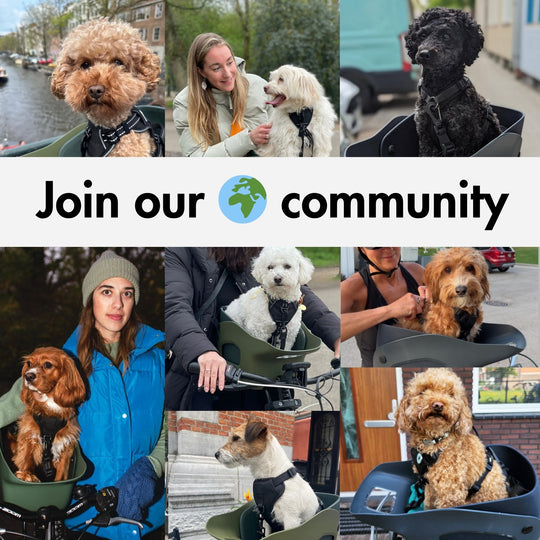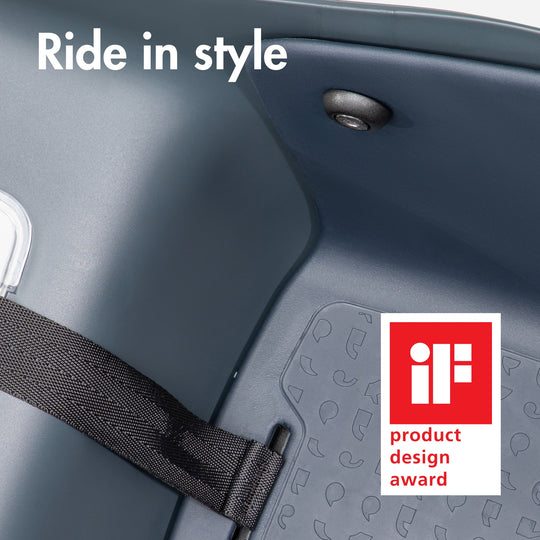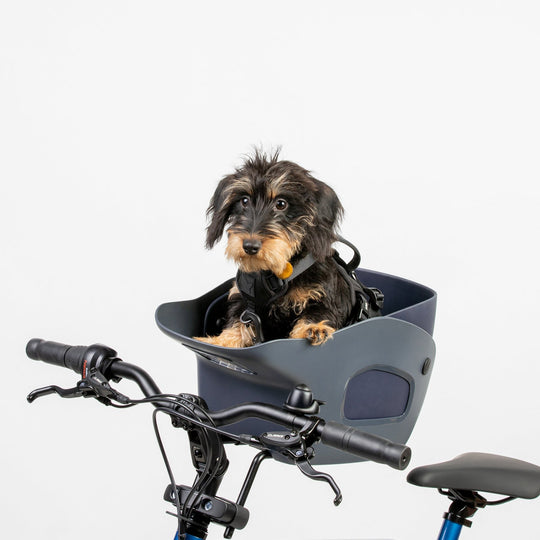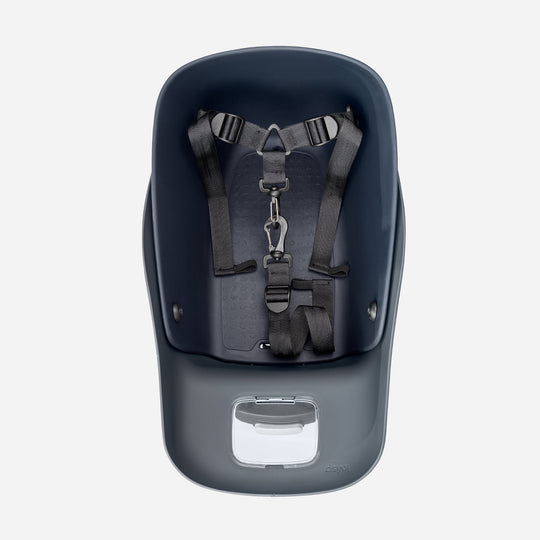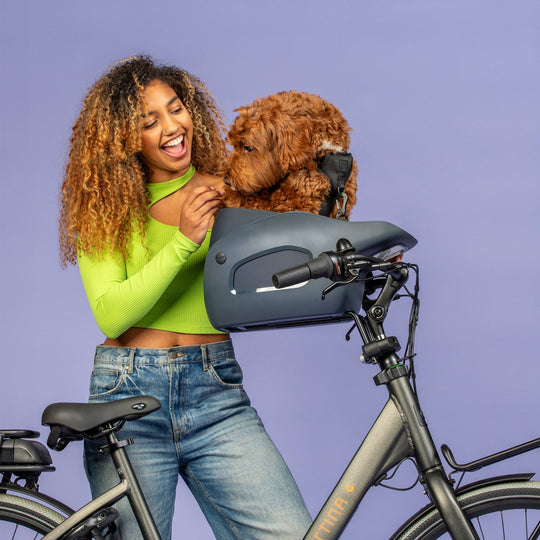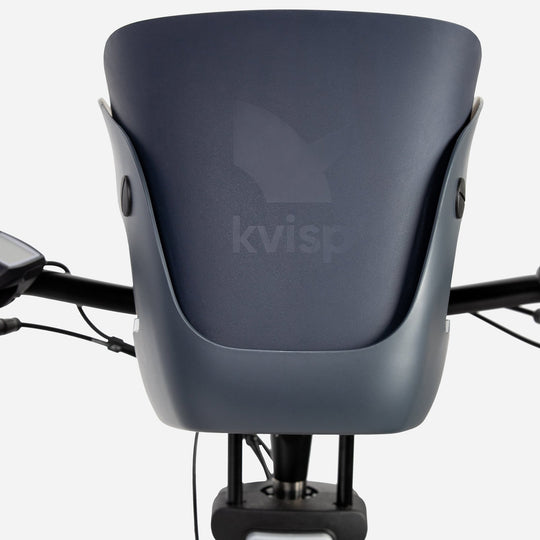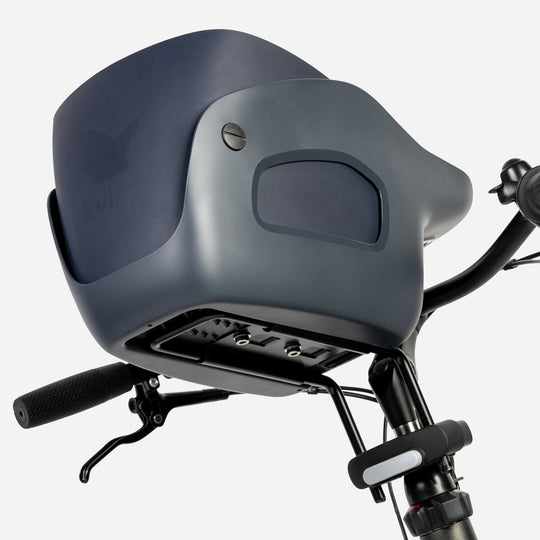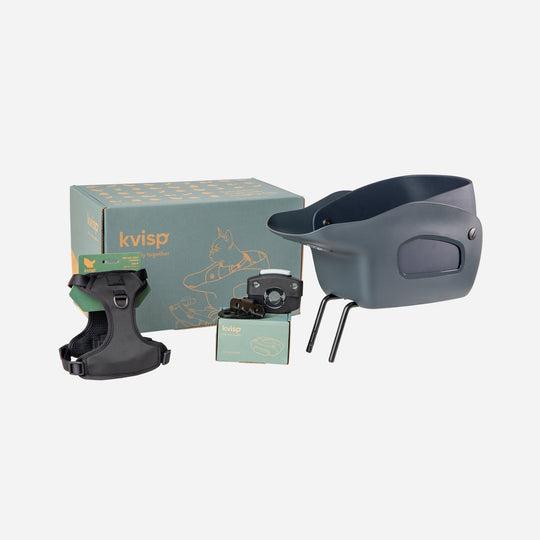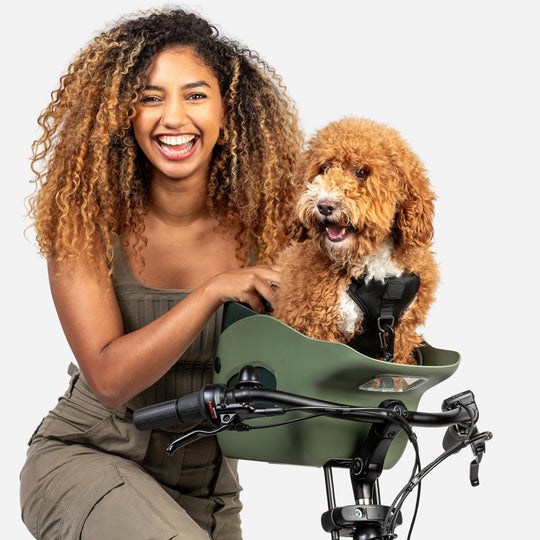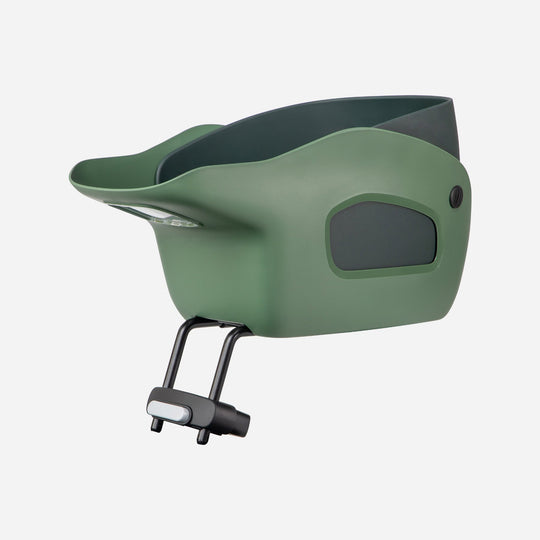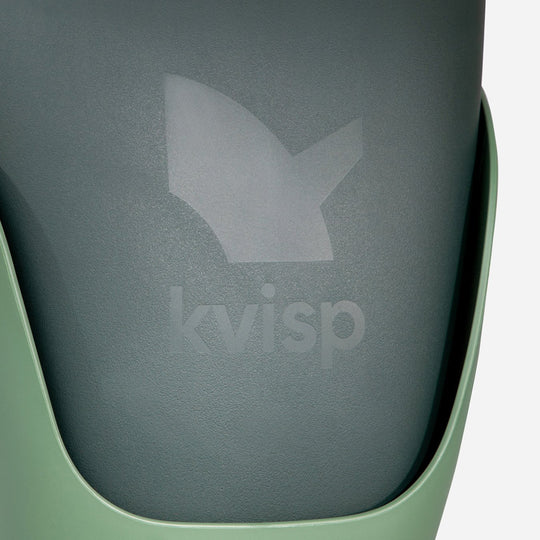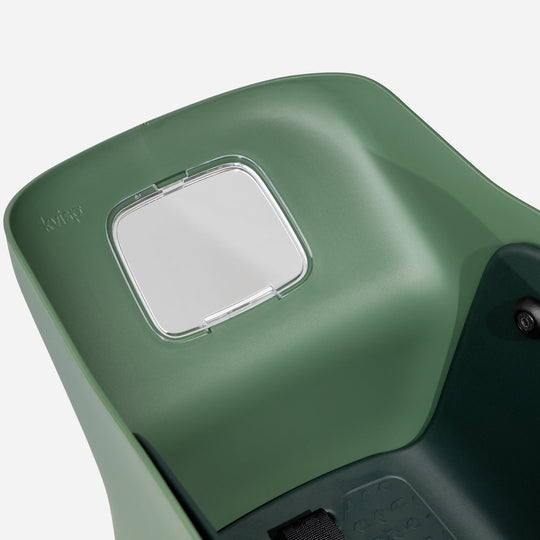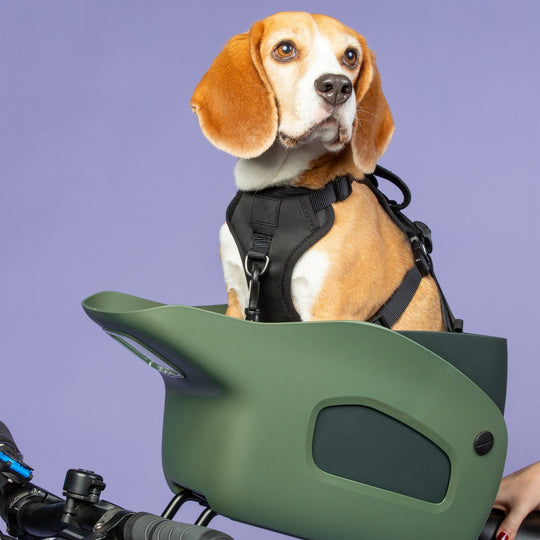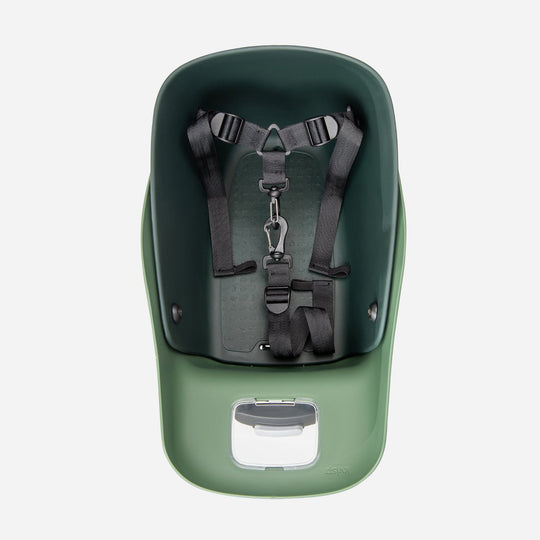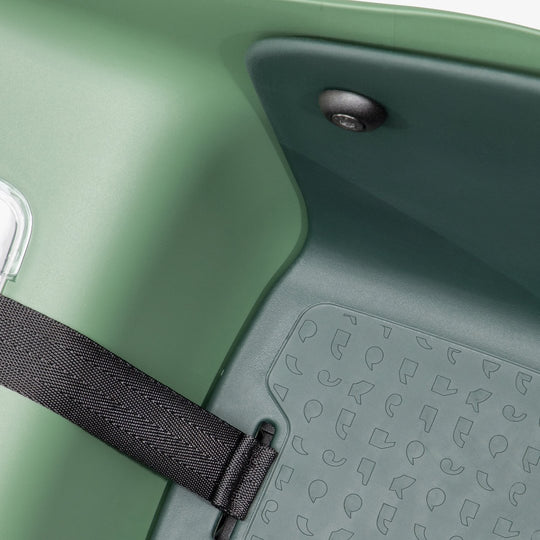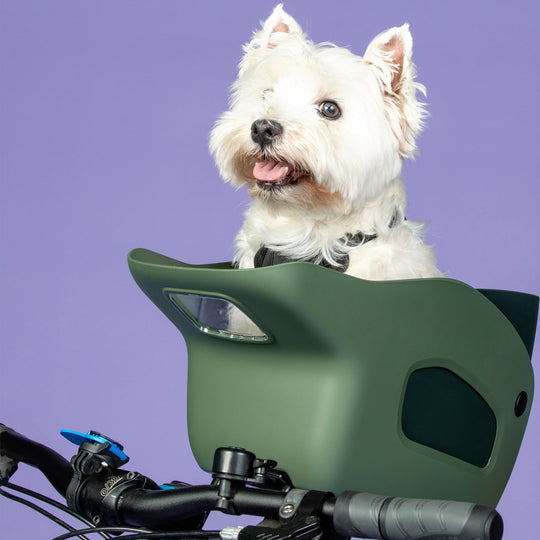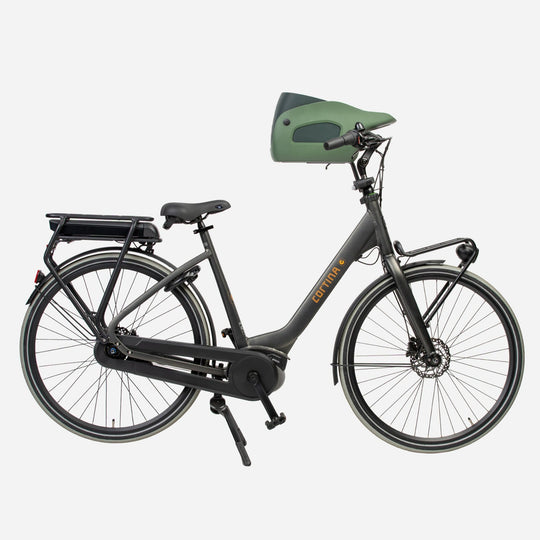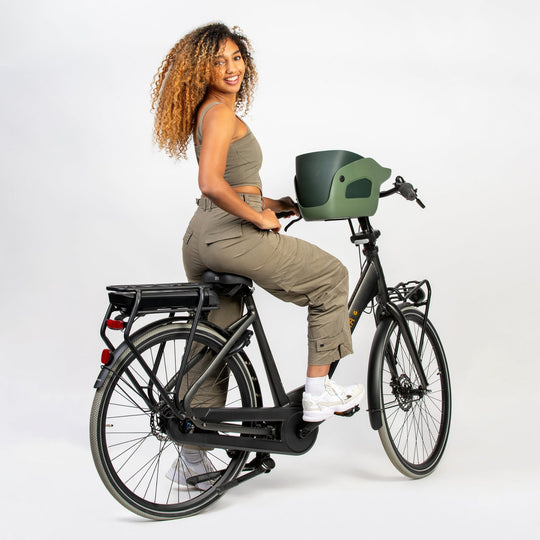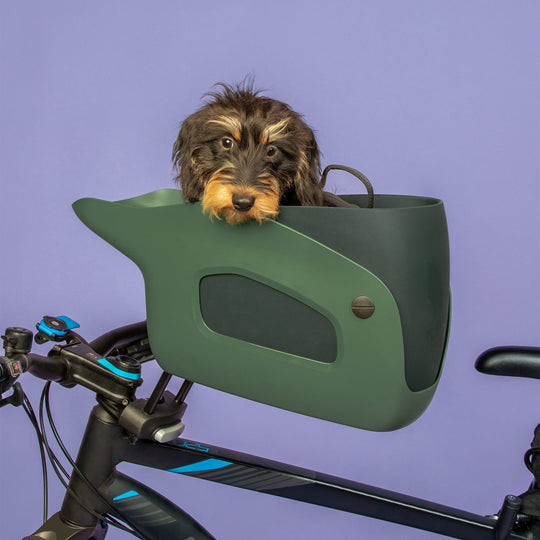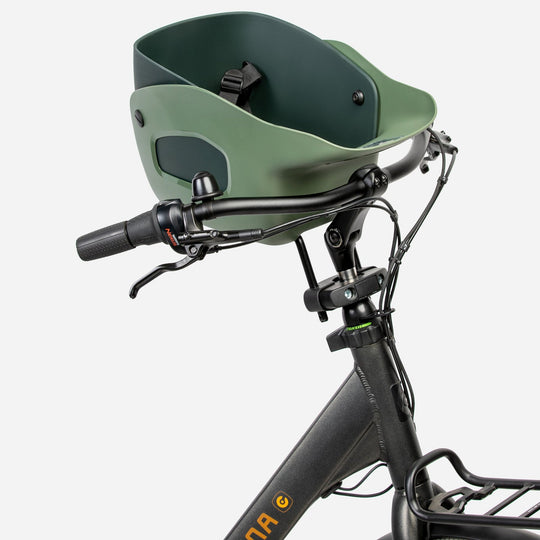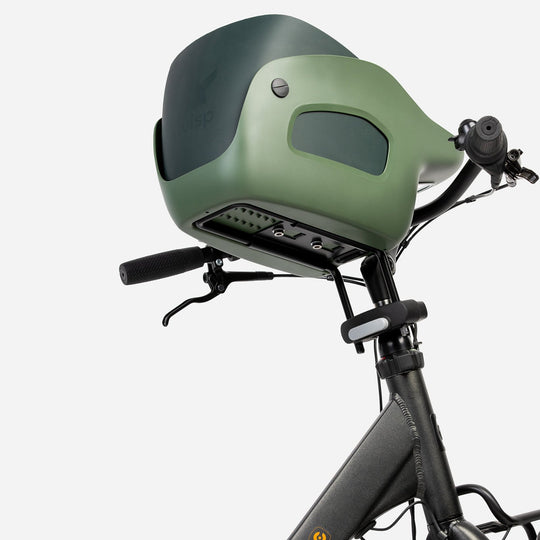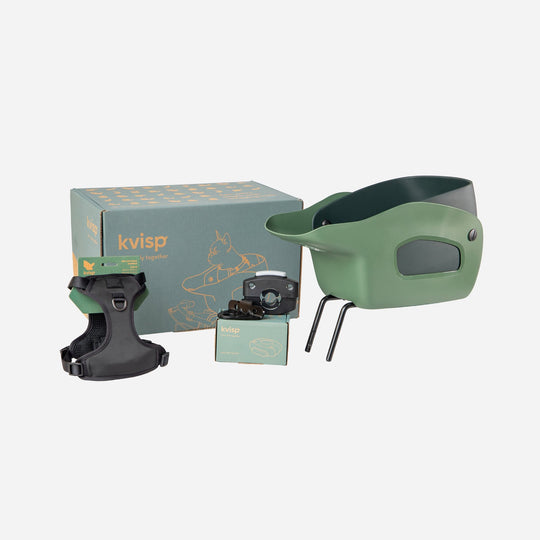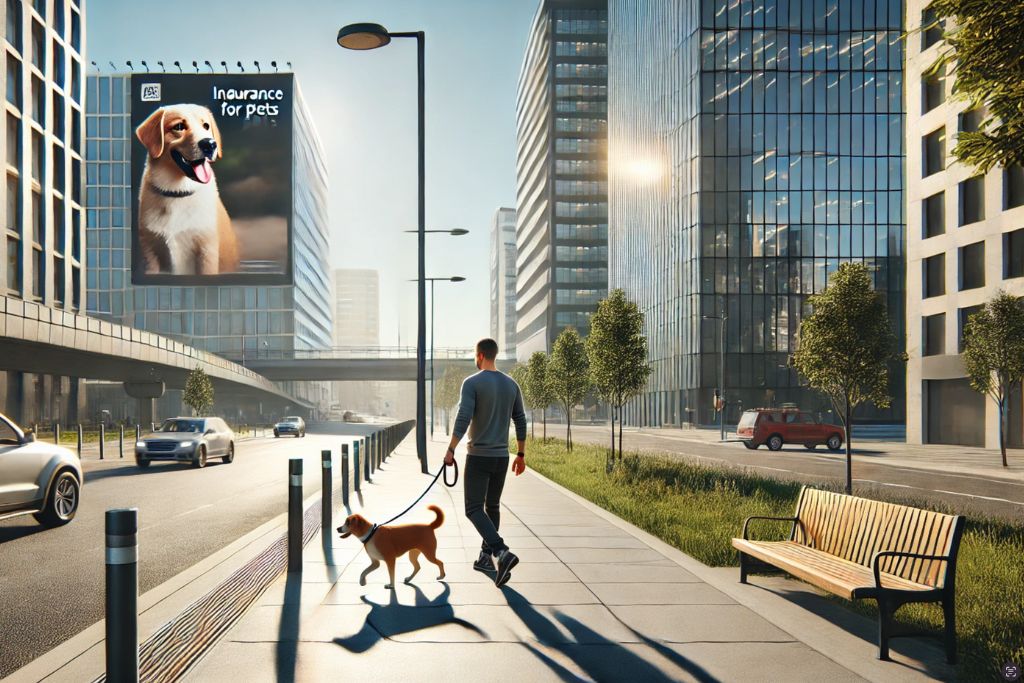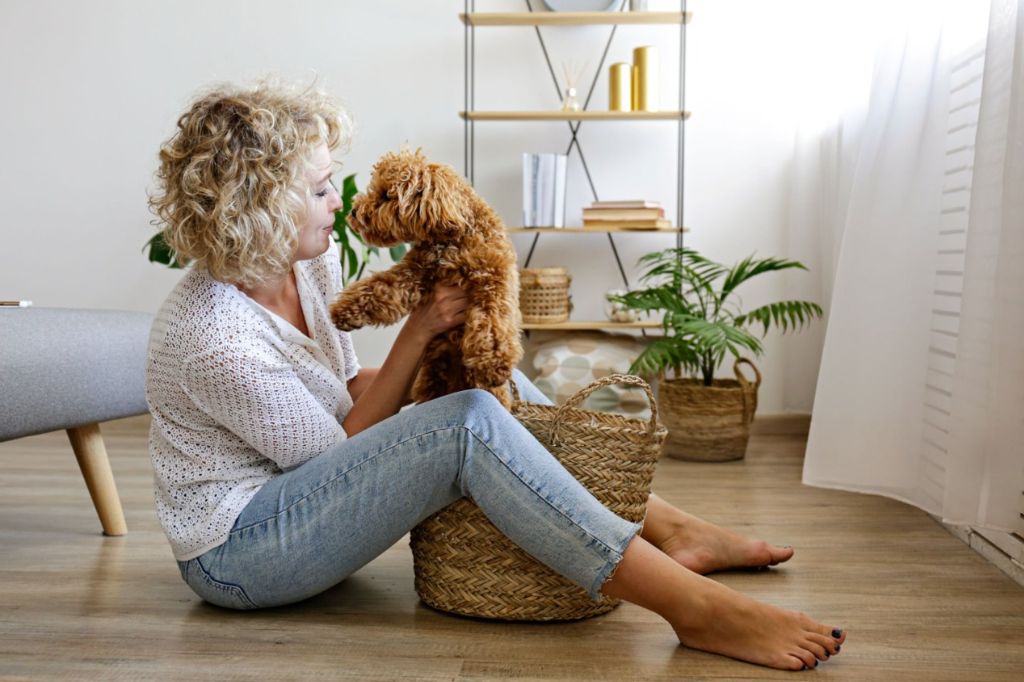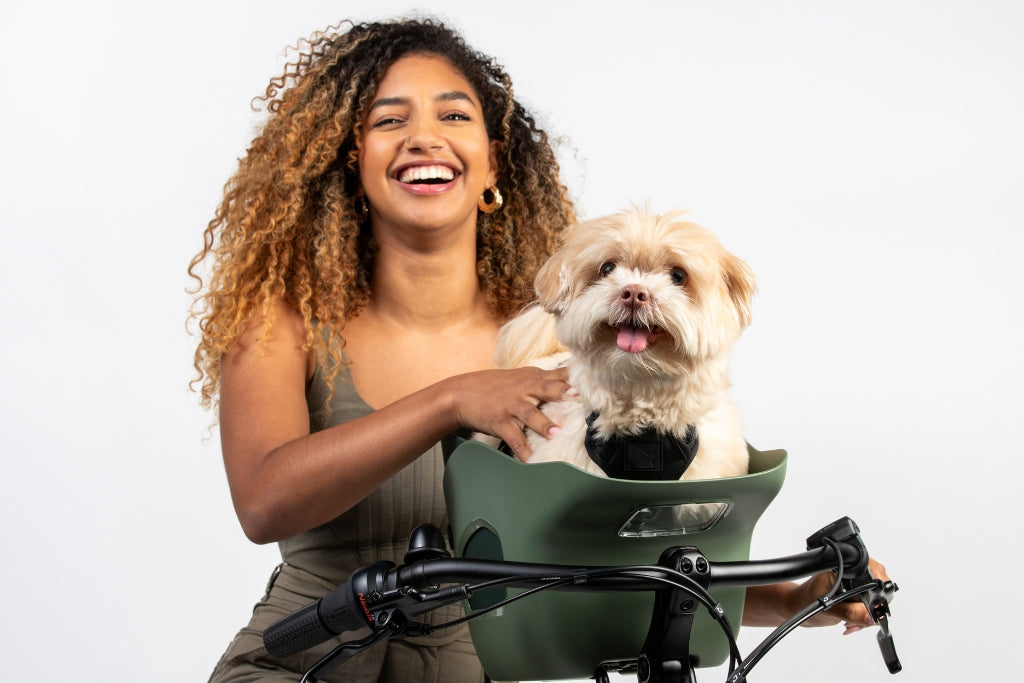The Do’s and Don’ts of Riding with a Dog in a Bike Carrier
Riding with your dog in a bike carrier is one of the most exciting ways to share outdoor adventures with your furry best friend! There’s nothing quite like the feeling of cruising down a scenic path with the wind in your hair and your pup happily riding along. Whether you’re commuting, running errands, or just out for a joy ride, having your dog along for the journey makes everything better. But, as fun as it sounds, safety and comfort are top priorities. Not all dogs take to bike carriers naturally, and not all carriers are created equal—so finding the right setup is key!
That’s why I put this guide together—to help you make informed choices about dog carriers on bikes while keeping your pup safe and happy. You’ll learn everything from selecting the best carrier to monitoring your dog’s body language to troubleshooting any issues that arise mid-ride. If you’ve ever wondered whether your dog will enjoy a bike ride or how to make the experience stress-free, you’re in the right place. Let’s dive into the do’s and don’ts of biking with your four-legged companion!

Understanding Bike Carriers for Dogs
Types of Bike Carriers
Not all dog carriers on bikes are built the same, and choosing the right type makes all the difference in safety and comfort. Generally, there are three main styles: basket-style carriers, trailer-style carriers, and strapped-on carriers. Basket-style carriers are fantastic for small dogs and are usually mounted on the front handlebars or the rear rack. They provide an open, cozy space where your pup can enjoy the sights and smells of the ride! Trailer-style carriers, on the other hand, attach to the rear wheel and are better suited for medium to large dogs. They offer a more enclosed, stable ride but require extra space and a bit more effort when maneuvering your bike. Lastly, strapped-on carriers secure directly to the frame of your bike and provide additional safety for dogs that tend to be a bit wiggly during rides.
If you have a small dog bicycle carrier on your wishlist, basket-style options are your best bet. However, if your pup is on the heavier side or gets anxious with too much exposure, an enclosed trailer might be the way to go. Each type has pros and cons depending on your riding habits, the type of terrain you frequent, and, of course, your dog’s personality. Whatever style you choose, it should always have pet safety as a top priority, ensuring a secure ride with minimal movement and a sturdy attachment to your bike.
Key Features to Look For
Before committing to a specific bike with basket for dog, take a close look at the essential features that will keep your pup safe and comfy. The most important aspect is a secure harness system—your dog should never be able to jump out mid-ride. Look for carriers that come with built-in safety straps to attach to your pup’s harness (not their collar, as this can be dangerous). Stability is another key factor; a wobbly carrier can make for a nerve-wracking experience for both you and your dog. Choose a model with sturdy mounting hardware and a well-balanced design to keep things steady.
Ventilation and comfort are just as important! Many well-designed dog carriers feature breathable mesh panels or open-top designs that let your dog enjoy the fresh air while preventing overheating. Additionally, padded interiors and a non-slip base provide extra comfort, especially for longer rides. If you plan on biking through varying weather conditions, consider a carrier with weather-resistant materials to keep your pup dry and comfortable. These small details make a huge difference in ensuring your rides are smooth and enjoyable for both of you.
(Thinking about a specific carrier? Check out our dog carriers on bikes for the best options!)
Understanding Your Dog’s Behavior and Body Language
Reading the Signals
Dogs are pretty expressive creatures, and they’ll let you know exactly how they feel about their new small dog bicycle carrier—if you’re paying attention! The key is to watch for subtle (or not-so-subtle) cues. A happy, relaxed pup might sit comfortably with their tongue out, enjoying the breeze. On the other hand, signs of stress include whining, panting excessively, shifting around too much, or trying to jump out. If your dog seems tense, don’t force them into a ride just yet.
Body language speaks volumes, too. If your pup’s ears are pinned back, their tail is tucked, or they’re trembling, they’re probably feeling anxious. This is totally normal at first! Some dogs take time to get used to the motion, while others may never love it—and that’s okay. The key is to start slow, keep things positive, and never force them into an experience they’re not comfortable with.
Adjusting on the Fly
Even if your dog starts off relaxed, things can change once you hit the road. Bumpy paths, loud traffic, or sudden stops can make an otherwise happy pup nervous. That’s why bike riding tips are so important—adjusting on the fly can make or break the experience. If your dog starts shifting a lot or seems uneasy, slow down and speak to them reassuringly. If they’re getting too fidgety, it may be time for a break.
It’s also a good idea to plan your rides around pet-friendly routes—parks, quiet neighborhoods, or paved trails are much better than busy roads with honking cars. If you notice your dog’s stress levels rising mid-ride, take a break, let them sniff around, and reassure them with treats and positive reinforcement. Over time, they’ll start associating the carrier with fun adventures rather than something scary!
(Need help making sure your bike setup is safe? Check out our guide on Will My Bike Fit?)
Pre-Ride Preparation and Safety Measures
Equipment Check and Setup
Before you even think about pedaling off, it’s crucial to make sure your dog carrier on your bike is securely installed and in tip-top shape. A wobbly or poorly attached carrier can turn a fun ride into a stressful—and potentially dangerous—experience for both you and your pup. Check that all mounting points are tightly secured, whether you’re using a small dog bicycle carrier on the front handlebars or a trailer attachment at the rear. The last thing you want is for your pup’s carrier to shift or come loose while you’re moving!
Additionally, inspect the safety straps, fasteners, and padding inside the carrier. Over time, wear and tear can compromise the security of the setup. If your carrier has a built-in leash, make sure it’s functioning properly and clipped securely to your dog’s harness (never a collar, as this can be a choking hazard). If your ride will take place after sundown, attach reflective strips or LED lights to improve visibility. A quick 5-minute pre-ride check can save you from a lot of headaches down the road!
Acclimating Your Dog
Your dog’s first experience in their bike with basket for dog should be a slow and gentle introduction—not an immediate 10-mile ride through busy streets! Some dogs take to carriers instantly, but others need time to feel comfortable in a new environment. Start by letting your pup explore the carrier while it’s stationary. Toss in a few treats, encourage them to sit inside, and praise them for staying put.
Once they seem comfortable, try short test rides in a safe, low-traffic area. A few minutes of pedaling in your driveway or a quiet park trail can help them get used to the motion. If your dog shows signs of unease, don’t force it—some dogs need multiple short sessions before they feel secure. Take your time, keep the experience positive, and reward their bravery with plenty of treats and affection.

The Do’s of Riding with a Dog in a Bike Carrier
Ensure a Secure and Comfortable Fit
Before hitting the road, double-check that your dog carrier on your bike is properly balanced and securely fastened. A loose or unstable carrier can make your dog feel uneasy, and worse—it could be a safety hazard! If your pup shifts around too much inside the carrier, you might need to adjust the straps or cushioning to provide better support.
Aside from physical security, comfort is just as important. The inside of the carrier should have a non-slip surface to keep your pup from sliding around during turns or bumps. If your dog seems fidgety, adding a familiar blanket or cushion can make the ride feel more like home. A well-secured and cozy pup is a happy (and safer) riding companion!
Start with Short, Low-Speed Rides
Resist the urge to go on a long-distance adventure right away—your pup needs to ease into the experience! For the first few rides, keep things short and sweet. A quick spin around the block or a slow ride through a park helps your dog gradually adjust to the motion.
Speed is another factor—going too fast can startle your dog, especially if they’re still getting used to the ride. A steady, moderate pace works best to keep them calm and secure. Plus, if they get spooked, it’s much easier to stop and soothe them when you’re riding slowly. After a few successful short trips, you can start extending your rides as your dog’s confidence grows.
The Don’ts of Riding with a Dog in a Bike Carrier
Don’t Rush the Acclimation Process
It’s tempting to throw your dog into their small dog bicycle carrier and start pedaling right away, but that’s a surefire way to make them dislike the experience. If your dog seems hesitant, respect their pace. Forcing them into the carrier before they’re comfortable can lead to anxiety, which makes future rides stressful for both of you.
Instead, take it slow! Some dogs take a few minutes to adjust, while others need several days of positive reinforcement. Your pup should see the carrier as a fun and safe space, not something scary or restrictive. Patience is key!
Don’t Ignore Your Dog’s Signs of Discomfort
This one is huge—your pup will tell you when something’s wrong, so it’s essential to pay attention. Signs of distress, like whining, excessive panting, or restlessness, mean your dog isn’t enjoying the ride. If you notice any of these behaviors, stop immediately and assess the situation.
Sometimes, minor adjustments—like changing your riding speed or shifting your dog’s position in the carrier—can solve the problem. But if your dog seems genuinely uncomfortable every time you ride, it might be time to reassess whether biking is right for them. Not every pup loves the feeling of movement, and that’s totally okay!
Troubleshooting and On-the-Road Adjustments
Recognizing and Addressing Issues Mid-Ride
Even if you’ve done everything right, things can still go wrong. Maybe your pup suddenly gets restless, the carrier starts feeling unsteady, or an unexpected bump on the road rattles them. The key is staying calm and making quick adjustments. If your dog starts moving around too much, slow down and reassure them with a gentle voice.
If the carrier feels unstable, stop immediately and check all fastenings. Sometimes, even a tiny misalignment can throw off the balance. Always keep an eye on your dog’s behavior—if they seem distressed, it’s better to cut the ride short than push through.
Adapting Your Riding Style
Your dog’s comfort largely depends on how you ride. Sudden stops, sharp turns, or fast speeds can be unsettling, so focus on maintaining smooth, steady movement. If you’re riding on a bumpy road, slow down and be extra mindful of potholes or obstacles.
Another great tip? Talk to your dog while riding! Your voice is reassuring, and letting them know they’re doing a good job can help keep them calm. Plus, it strengthens the bond between you two—making biking an experience you’ll both look forward to!
Post-Ride Practices and Ongoing Safety
Inspecting and Cleaning Your Bike Carrier
Once your ride is over, don’t just park your bike and forget about the carrier. Give it a quick inspection to make sure nothing is loose or damaged. Over time, screws can loosen, fabric can wear down, and straps may fray. A little routine maintenance goes a long way in keeping your setup safe!
Cleaning is just as important, especially if your pup tends to shed or drool during the ride. A quick wipe-down with pet-friendly disinfectant keeps everything fresh and ready for your next adventure.
Evaluating Your Dog’s Experience
Last but not least, take a moment to assess how your pup feels post-ride. If they seem happy and eager for the next trip, great! If they seem stiff, anxious, or overly tired, it might mean they weren’t entirely comfortable. Use their body language as feedback to adjust future rides accordingly.
The more you fine-tune the experience, the better it’ll get for both of you! Riding with your pup should be a joyful, bonding adventure, and with the right approach, it absolutely will be.
That’s it! Now you’re ready to hit the road with confidence. Want to check out the best carriers for your pup? Check out our main product page and get started on your next adventure!




